While the Clomas are originally from Bohol and my paternal grandfather was born there, my father was not and I had never been to the island-province until March 2009, when I happened to be there for a company conference. I figured, after a lifetime of saying that one day, I would go there to dig up some family roots, here was the opportunity at last.
Fortunately, the conference was well-organized and the organizers were creative and had made arrangements for us participants to be tourists for a day. We eagerly signed up for one of the package tours, and the first stop was the old church of Baclayon, a seaside town just next to the provincial capital Tagbilaran.I had on hand my well-thumbed copy of Regalado Trota Jose’s “Visita Iglesia Bohol” (Manila: National Commission for Culture and the Arts, 2001), so I could read up on some background material en route. We were excited to visit Baclayon Church, because it was supposedly one of the most-visited churches in Bohol. The book also said that the town’s claim to fame was that it was the first mission established by the just-arrived Jesuits in 1596, although the church that we were about to visit dates “only” to 1727.
The tour bus had disgorged us in the spacious plaza beside the church
and right in front of the massive convento, which the book tells us was built in 1872.
The patroness of the church is La Purisima Concepcion de la Virgen Maria (or what we 21st-century Filipinos would simply refer to as the Immaculate Conception), and it is she who welcomes us from a ruffled tarpaulin.
The convento is now mainly a museum, as the sign over the main entrance to the zaguan or ground floor indicates.
The vestibule is fairly busy at the time we visit,
with visitors clearly directed to the left if they wanted to proceed to the main church
or straight up the steps if they planned to go to the museum.
Unfortunately photography was prohibited on the second floor, so I had to content myself with this view of its wooden underside.
The main museum itself was well-packed with church antiques and artifacts and a visit in person is most highly recommended. And at least one donated display cabinet there was prominently inscribed with my family name, so it was my shallow moment to establish a personal connection to the place.
Back downstairs, we explore other passageways such as this one that leads to the public toilets.
We take the long corridor dark that leads to the church
where a small-scale model of the church complex is displayed on one side.
The corridor leads directly to a hall,
which the “Visita Iglesia Bohol” book refers to as the ante-sacristy.
This large room is paved by appropriate-looking though probably not original terra cotta tiles,
and is well-lit from the outside by large windows,
though one window on another side is currently blocked.
A single wooden post in the center holds up the high wooden ceiling, also the floor of the museum above.
As in the past, this is a holding room for church equipment and materials, today mainly statues of saints, including San Lazaro in resurrected mummy form (guarded by a fire extinguisher),
San Jose de Arimatea with hammer and nails,
San Antonio de Padua in a wood-and-glass case,
a processional-sized Pieta,
a processional tableau of Christ before Pilate,
and a framed icon of Our Mother of Perpetual Help.
A closed door leads to the sacristy beside the church’s main altar,
and another closed door perpendicular to that corresponds to the altar itself.
Of course there was a wide open door that led to the nave of the church.
Unfortunately at the time of our visit, a funeral mass was in progress, and so it was inconvenient, not to mention rather impolite, to go around the main body of the church and act like a tourist-photographer while a corpse was in the center aisle.
We had to content ourselves with listening from the sidelines to Baclayon’s pipe organ as it played at the service, the one originally built by the Augustinian Recollects assigned to Baclayon in 1824 (and since restored by Diego Cera Organbuilders, a firm in Las Piñas best known for maintaining that town’s Bamboo Organ that was built by the eponymous priest, also a Recollect).Since access to the interior was thus rather limited, we instead made our way outside the church along its massive exterior walls
stopping briefly at this side door to take a peek
but eventually winding up in front of the church with a good view of the façade.
From here, we could take a close look at what the Visita Iglesia Bohol book identifies as a grafted-on façade, for the current one that doubles as a portico was built in 1875 over the original one that came with the stone church that was built in 1727 by the Jesuits (who were expelled from the Spanish territories in 1768; the Recollects took over Baclayon from them at that time).
Since the newer portico-façade is in the same exact shape as the original façade, and is in the same style and is made of the same coral stone material as the rest of the older church behind it, it is not so obvious that it is an addition unless it has been pointed out to the observer beforehand.The “new” façade is so normal-looking, with all the usual decorations and niches for saints, that it is difficult to tell that it was only a later addition.
(If only all those tastelessly-grafted-on late 20th century porticos on colonial churches in Bulacan and elsewhere were as well designed and executed as this one.)
On the façade is a historical marker that was installed in 1994.
The new portico-façade is also easily appreciated from its right side.
And entering it from here
brings one directly under the wooden floor of the choirloft, automatically enlarged by the additional space created when the new façade was built.
In this portico space we find two other historical markers, one installed in 1998,
and an older, more weathered one that attempts to list all the previous parish priests of Baclayon.
Entering the main door to the church from the portico, we see that the funeral mass is still in progress,
so we amble about by the entrance and content ourselves with examining the memorial stones of previous beneficiaries of funeral masses here, including Don Fernando Oppus, who was born in Baclayon and died on 31 July 1898,
and Doña Sinforosa Cañete de Villamor, who was born in Dagami, Leyte and died on 26 July 1902.
Elsewhere in this church vestibule were a large antique crucifix
and a metal carroza, presumably for the town’s patron the Immaculate Conception.
Back outside in front of the façade, we take a look at the massive square-sectioned bell tower
According to our guide book, the base of the bell tower was begun by the Jesuits but the rest of the structure was completed by the Recollects in 1777. It originally stood a few meters away from the church
but connected with it when the new portico-façade was built in 1875.
At the base of the bell tower now is an enterprising though perhaps slightly inappropriate establishment. A pity that I didn’t have time to be one of their new customers.
Back in the quadrangle to the right of the church
we cross the parking lot in front of the convento
and view the façade of the parish high school
that just happens to have the same name as my old primary school back in Malolos.
At this point, it was time to board our tour bus again and depart.
I made a mental note to plan to return to Baclayon and re-explore the church and its grounds on a less time-constrained day. And without a funeral service scheduled either, we hope.
Originally published on 28 February 2011. All text and photos copyright ©2011 Leo D Cloma. The moral right of Leo D Cloma to be identified as the author of this work has been asserted.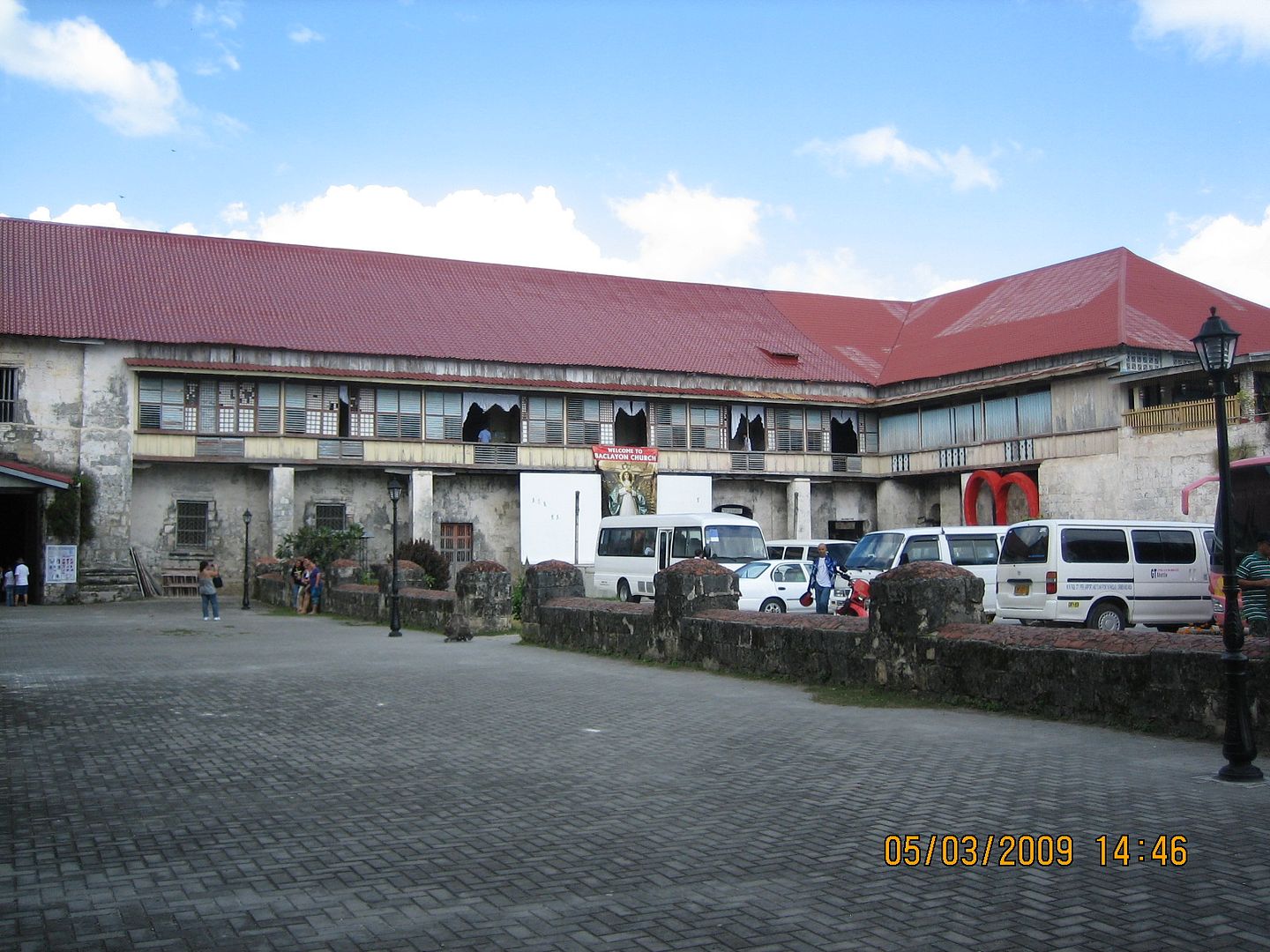
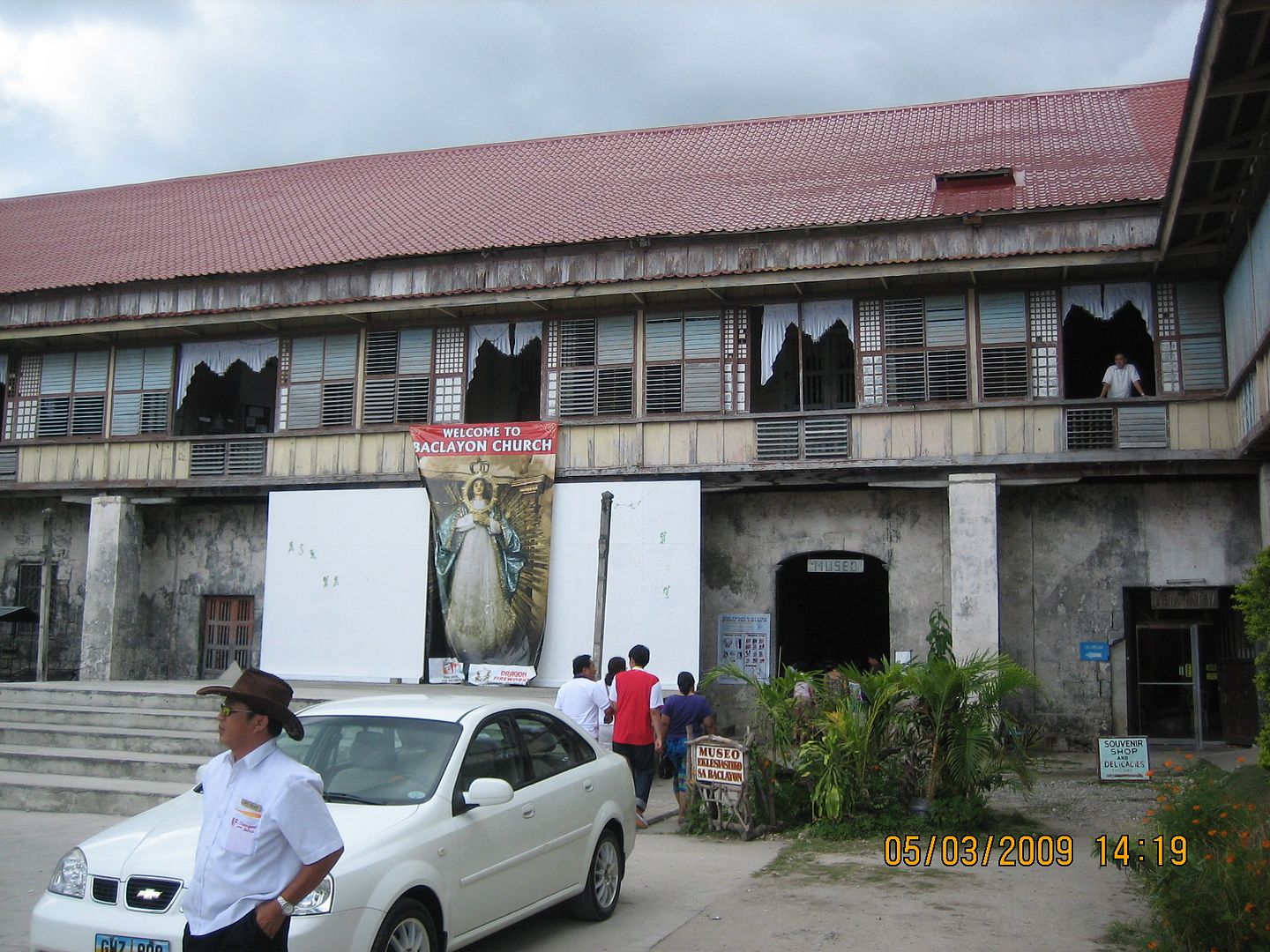
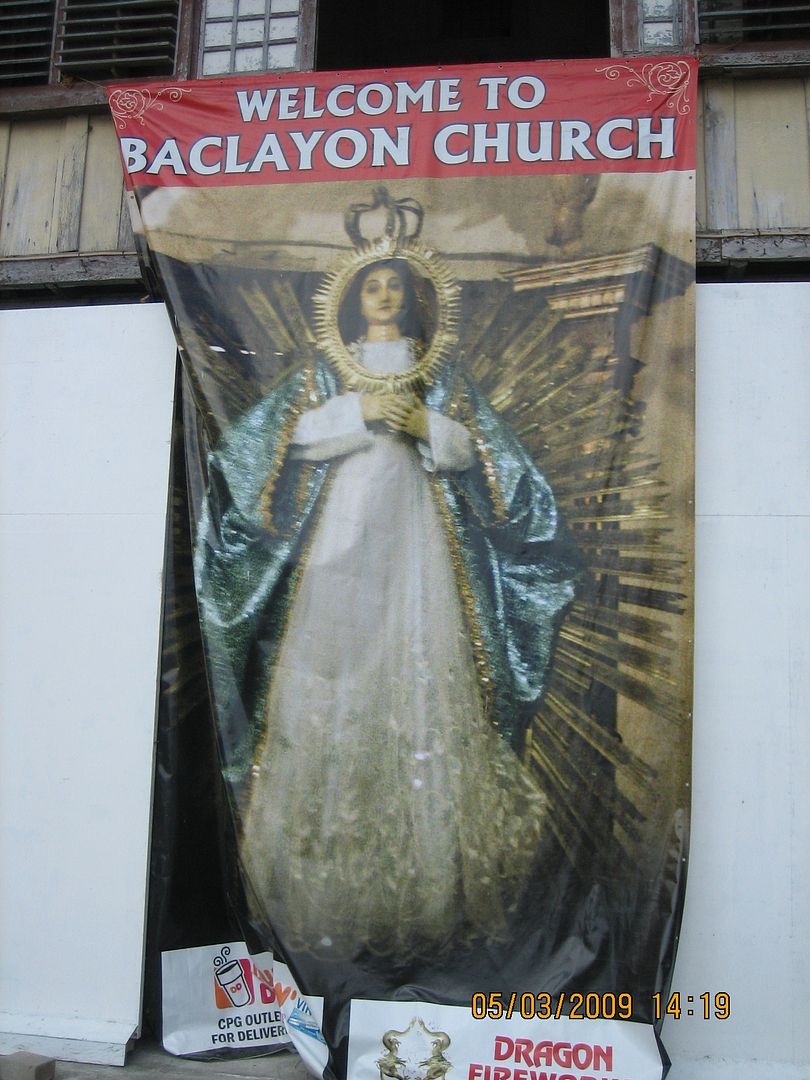
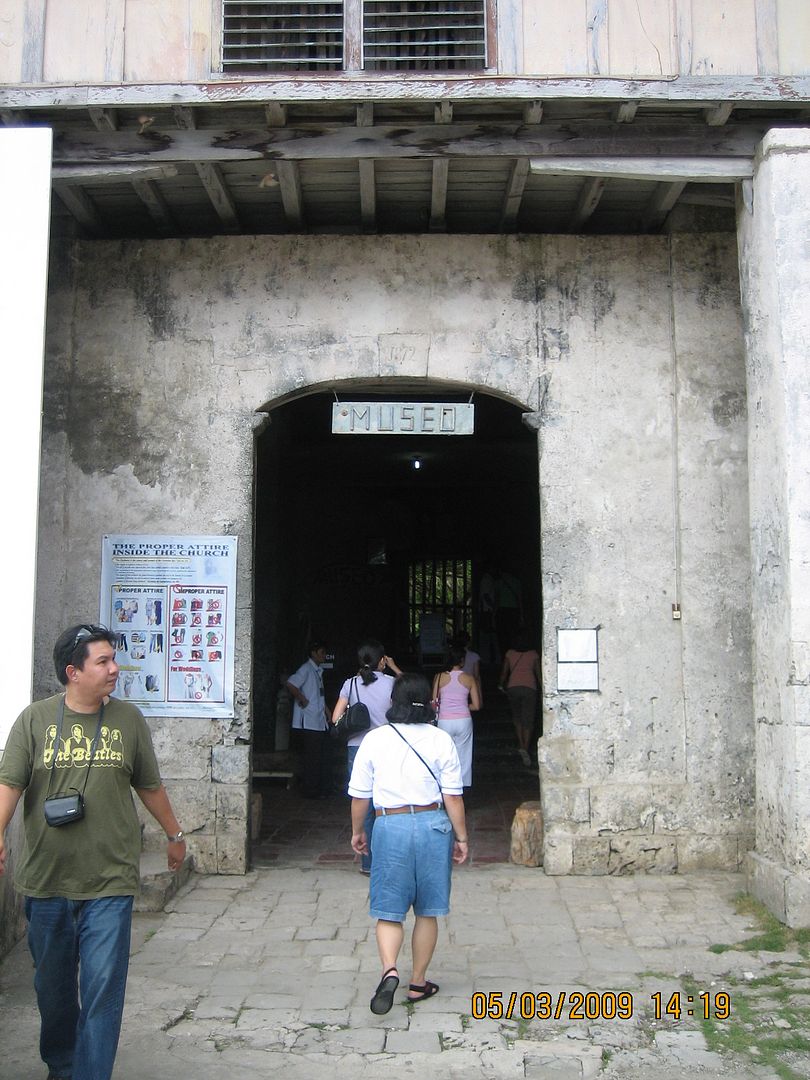


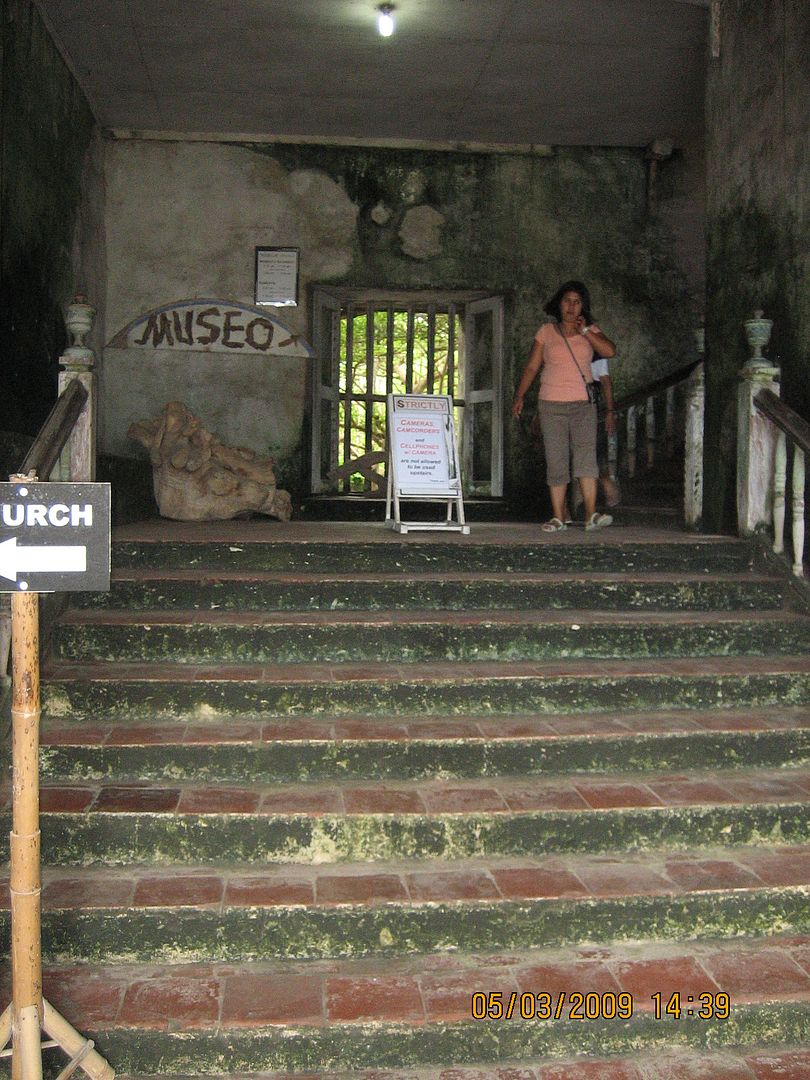
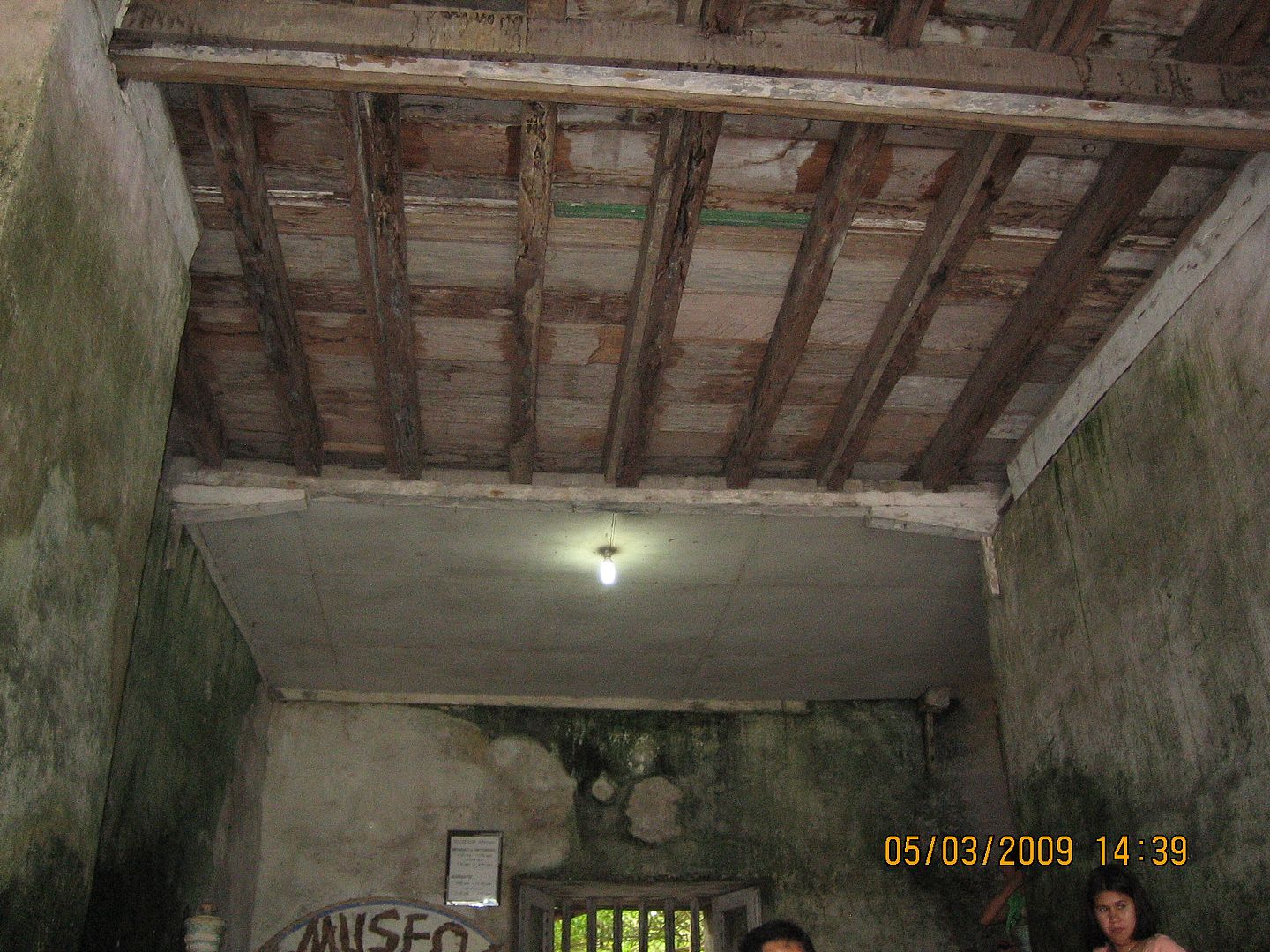
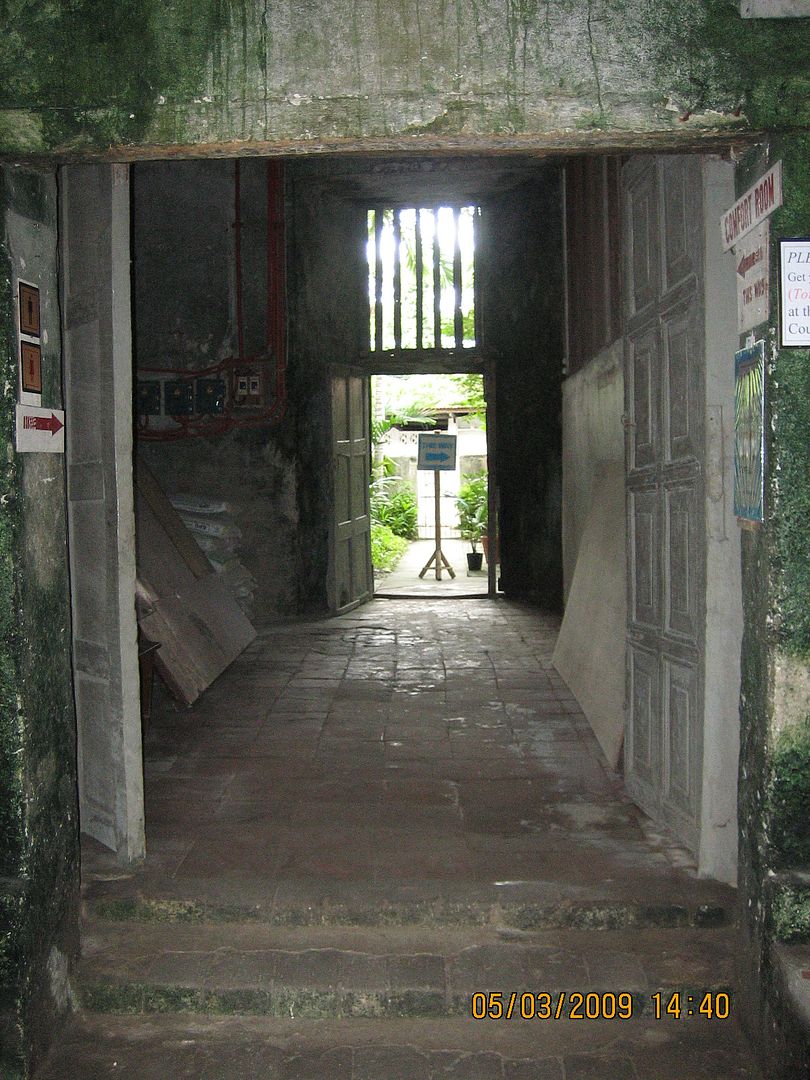
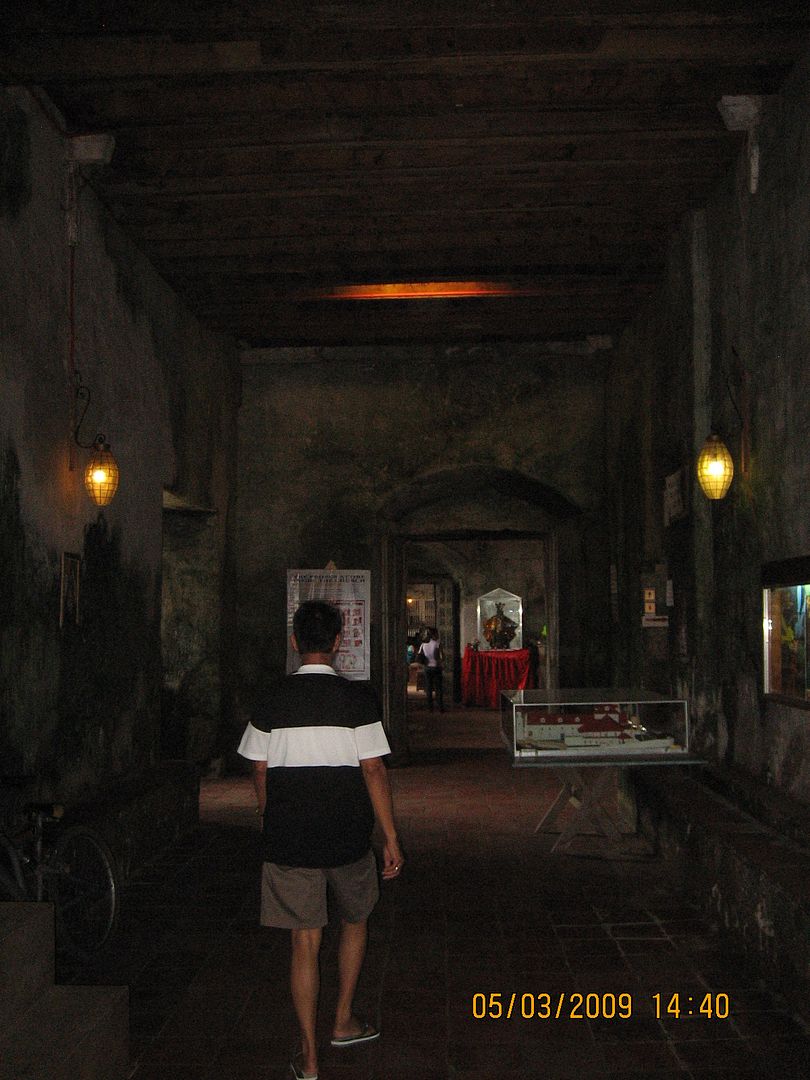
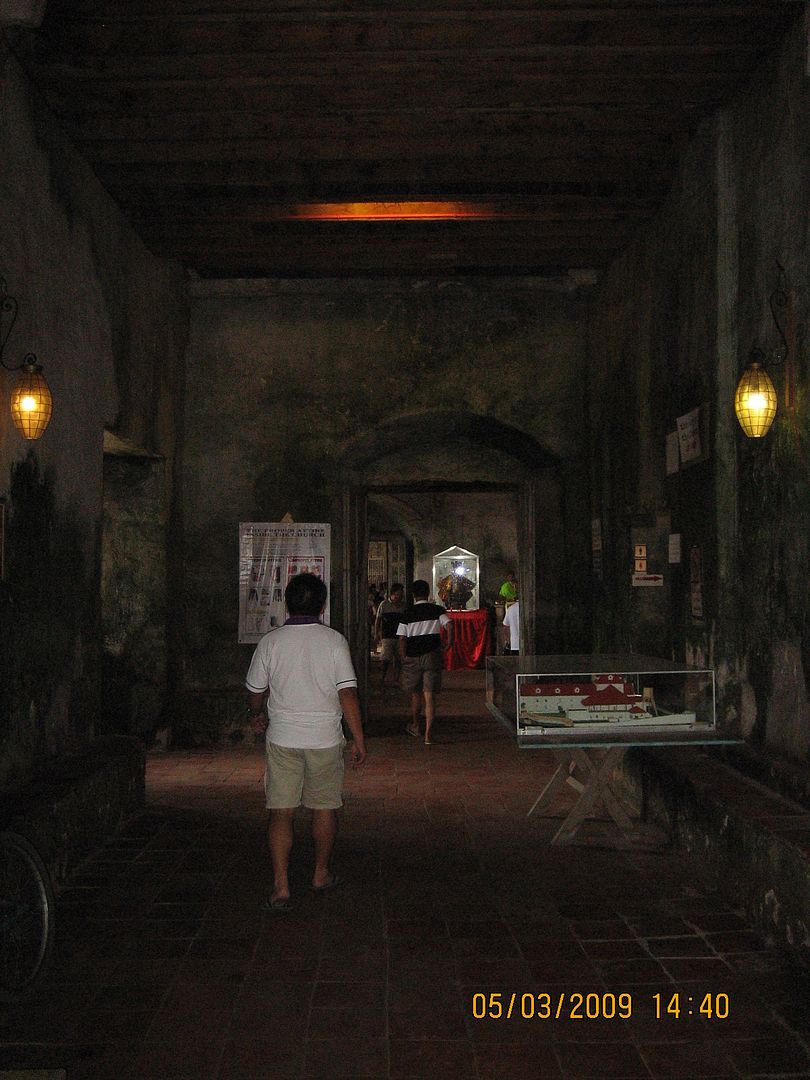
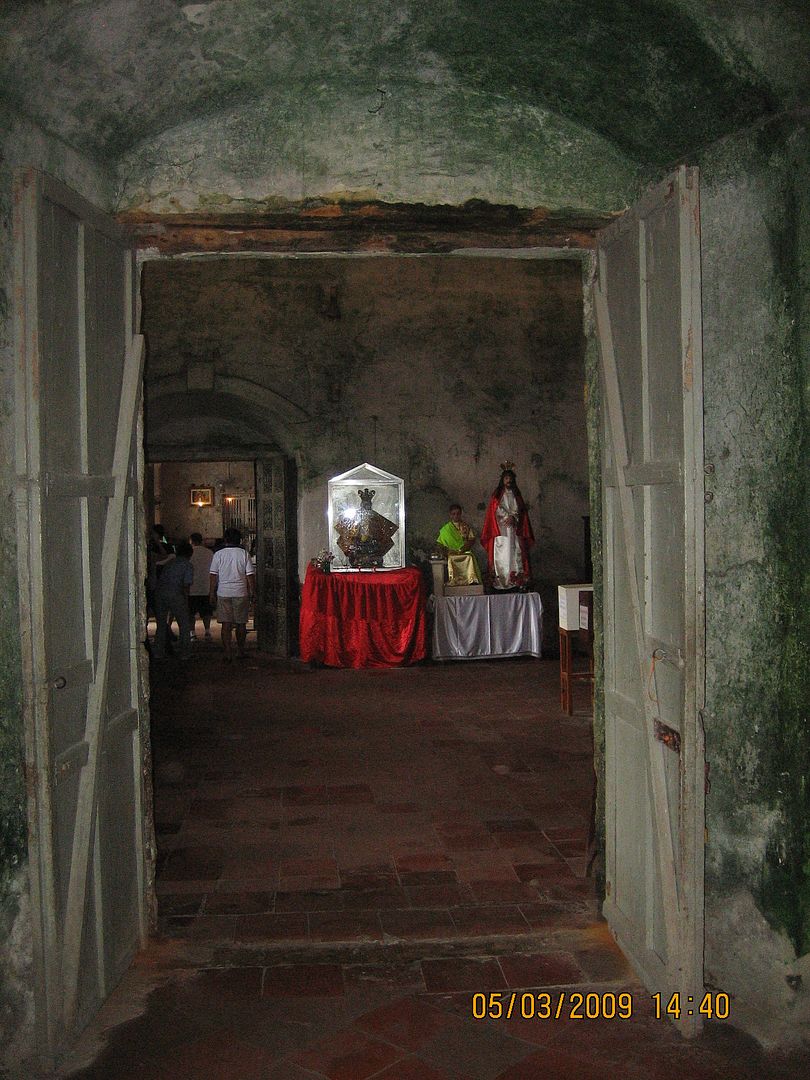
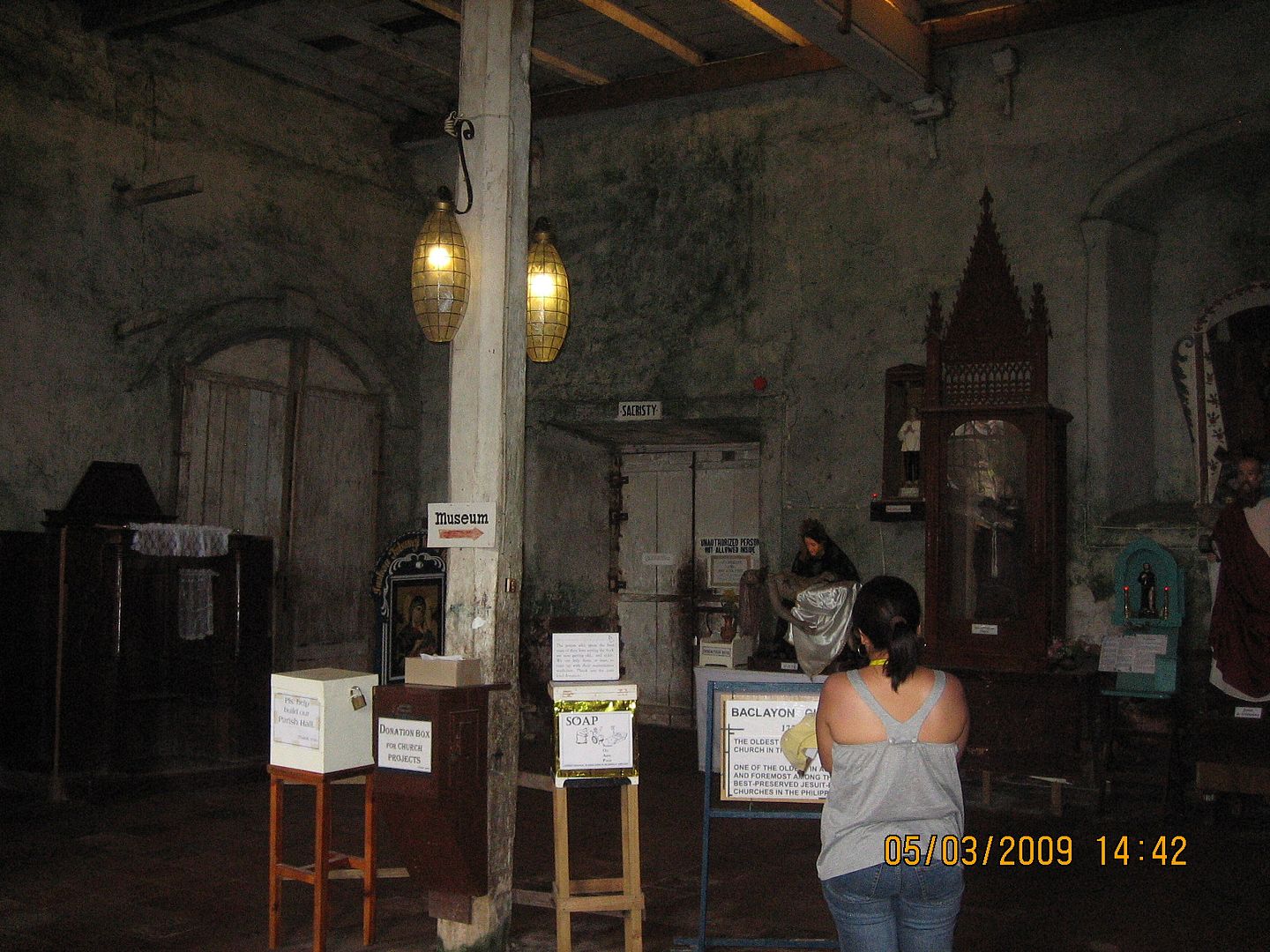
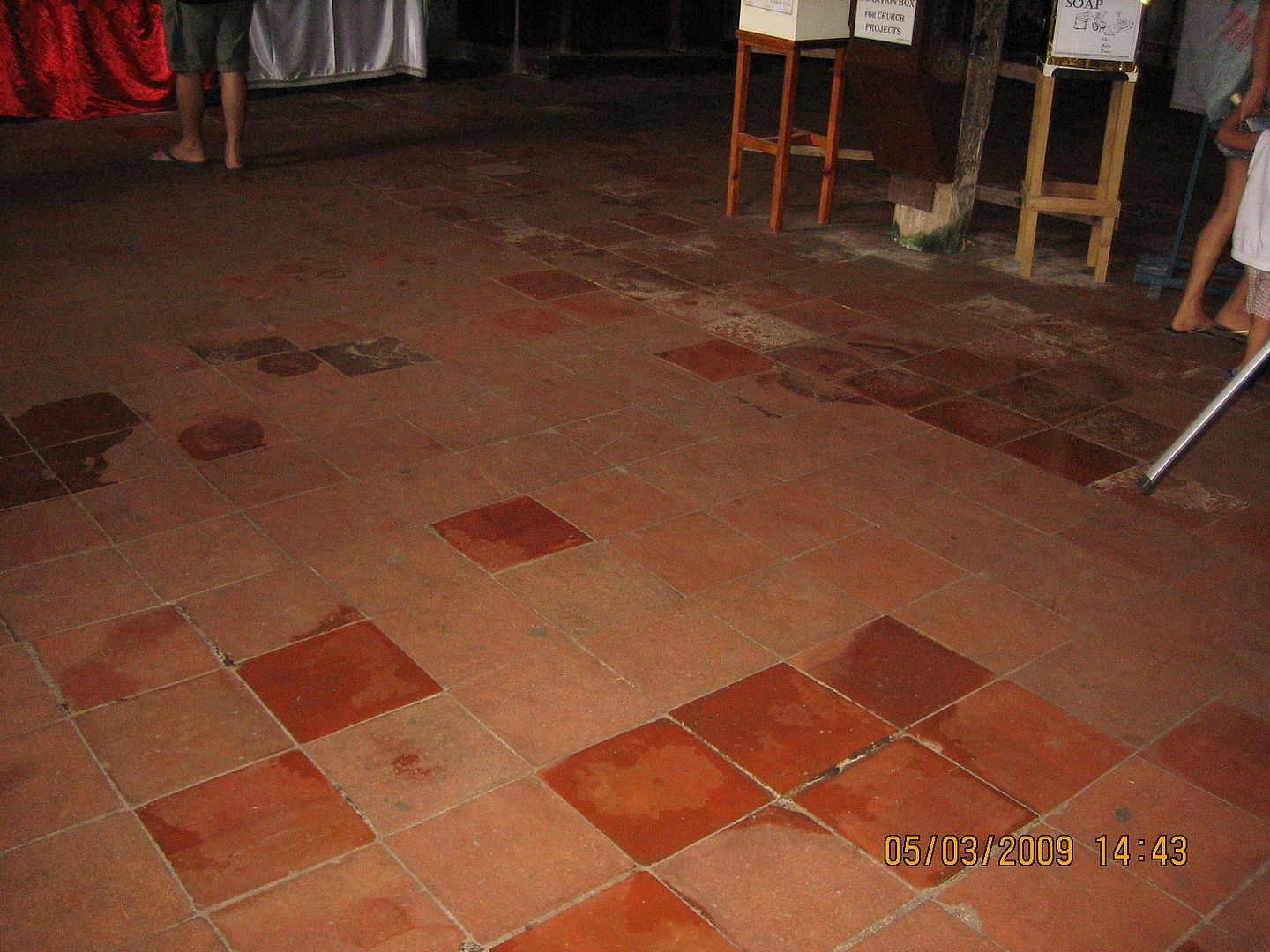
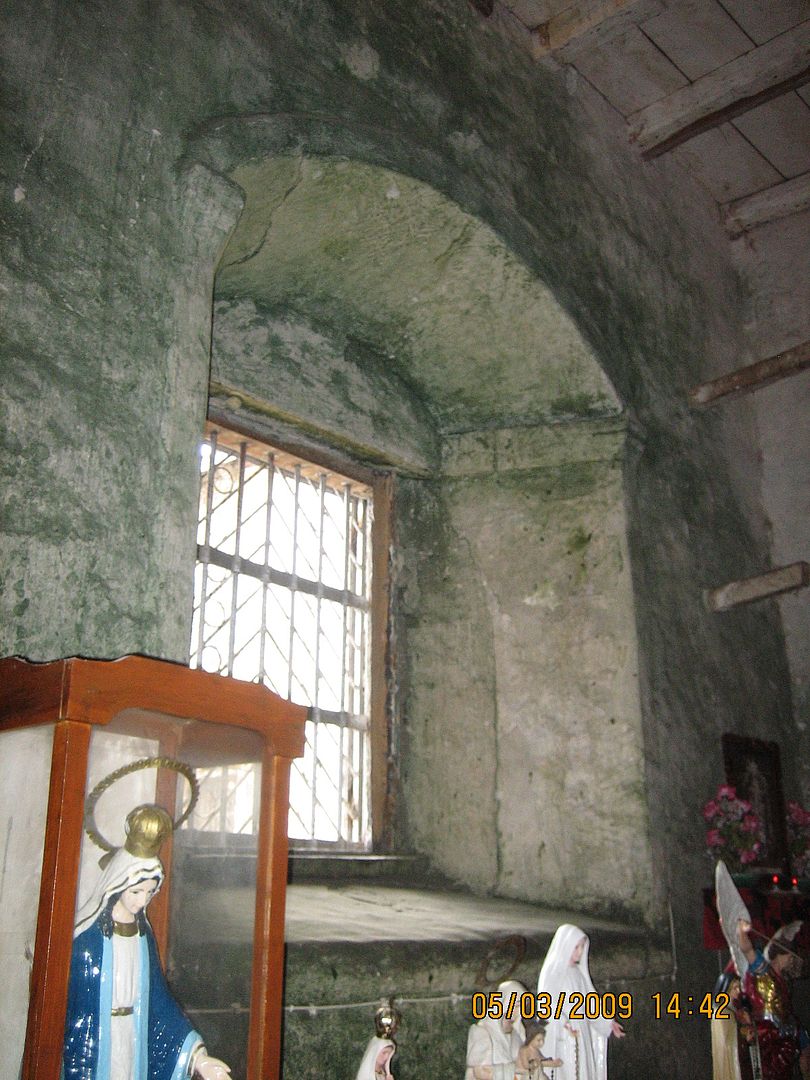
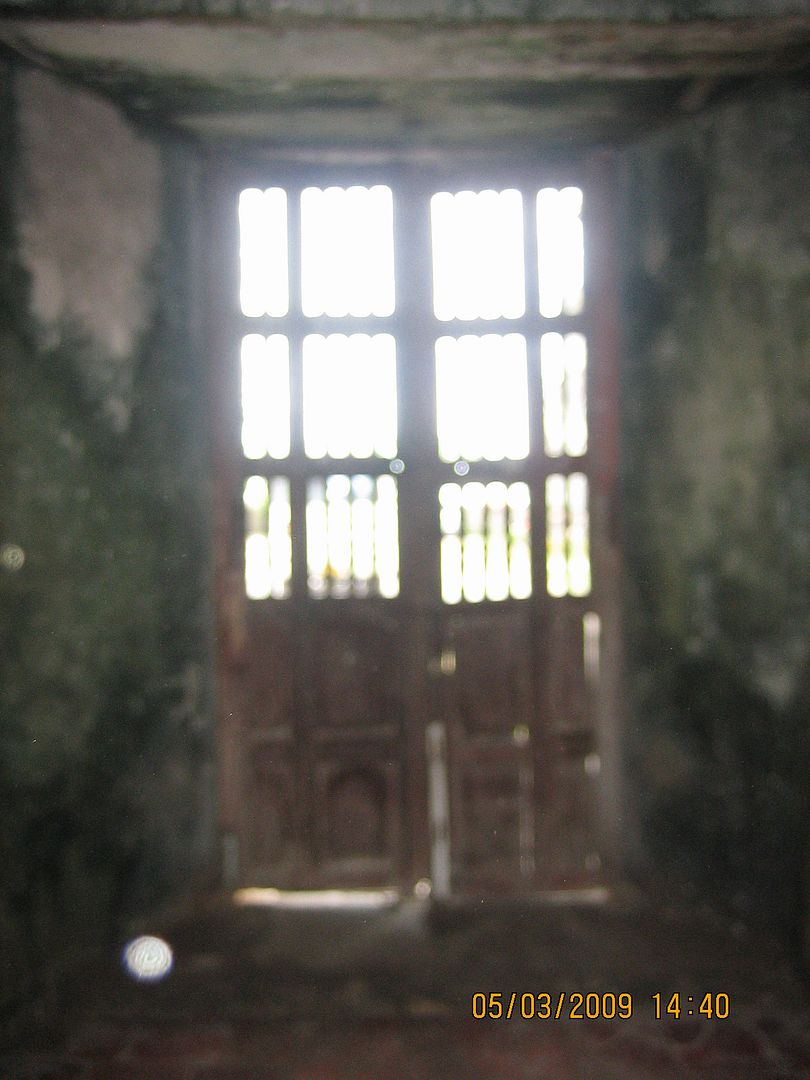
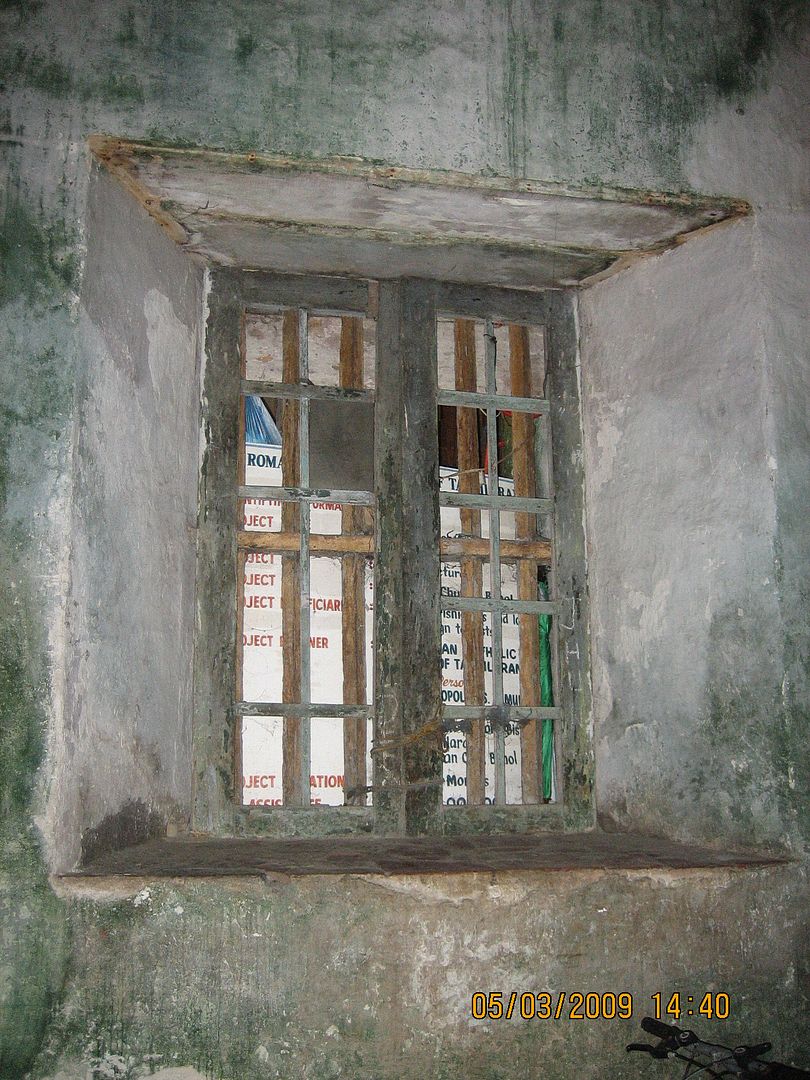

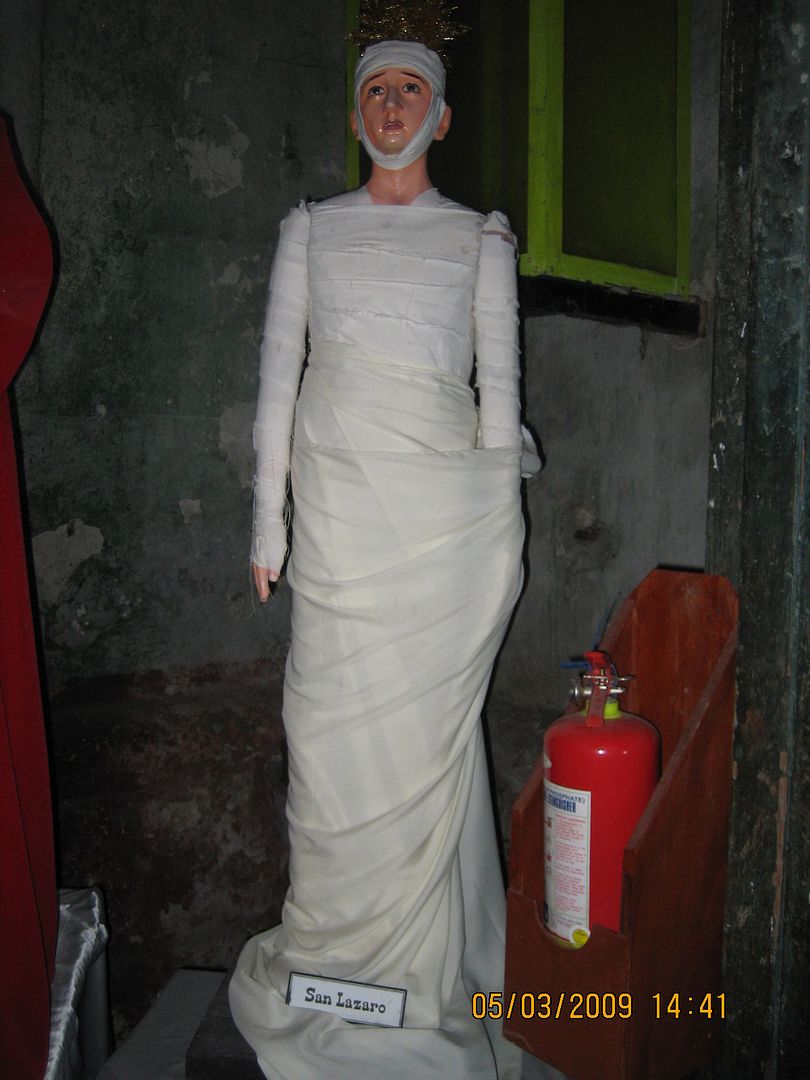
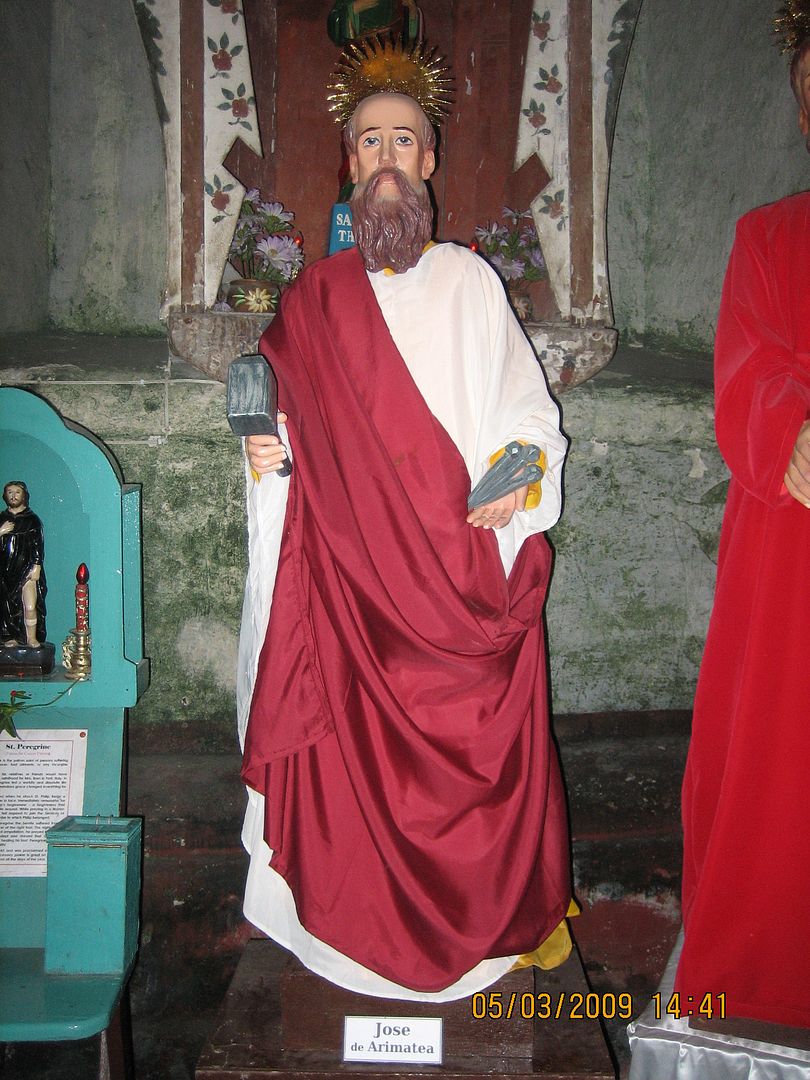
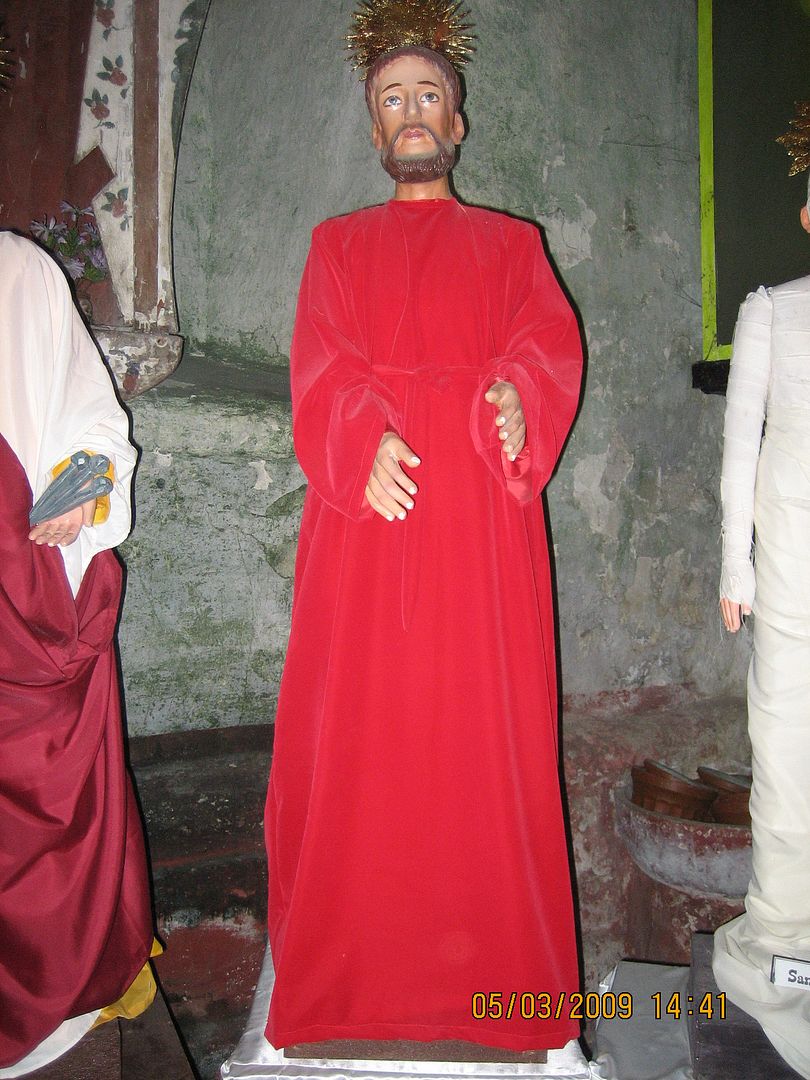
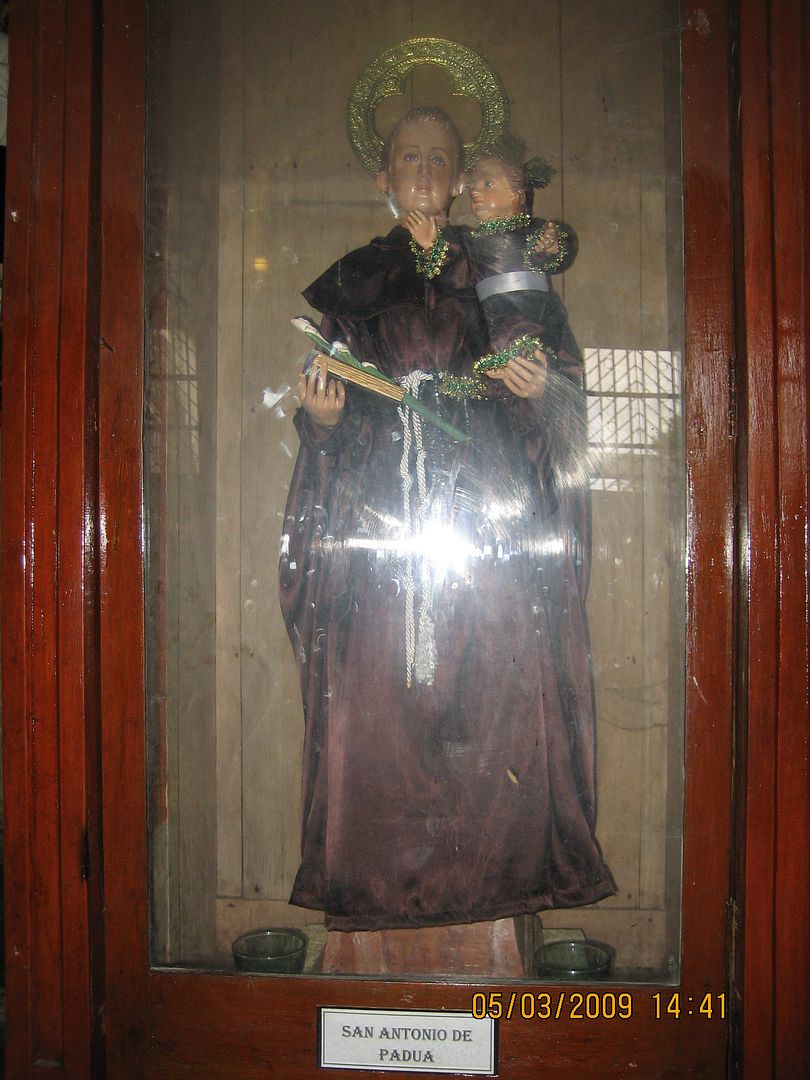


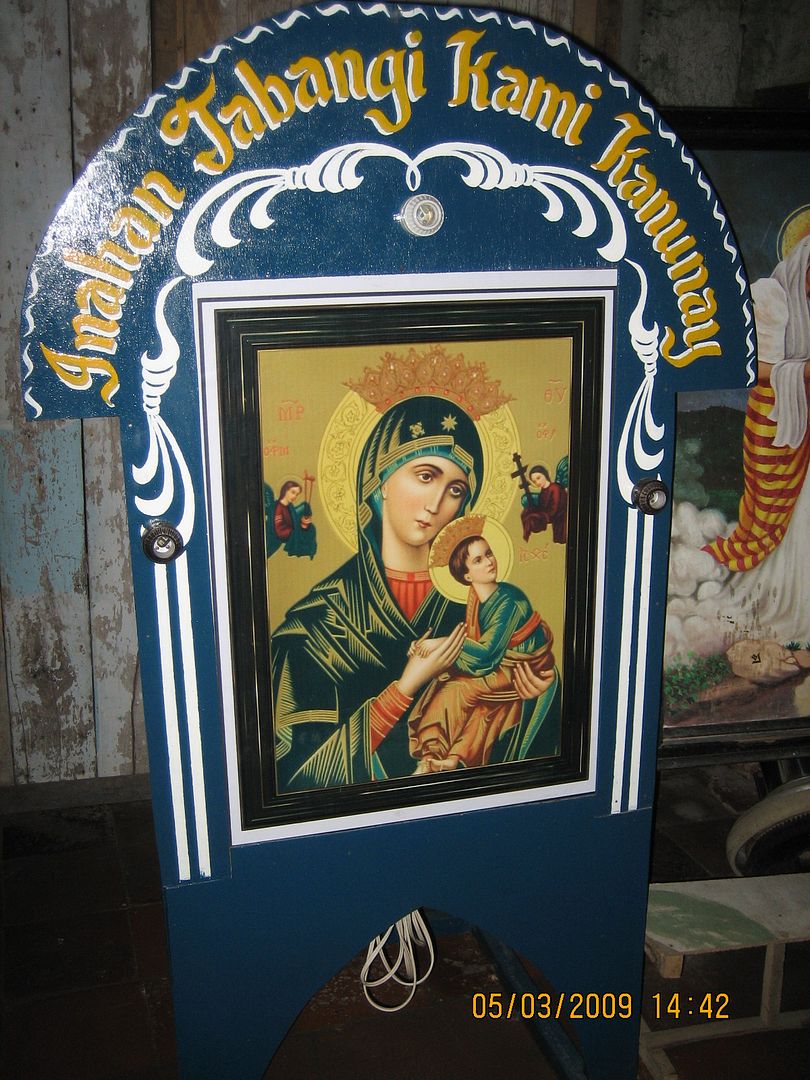
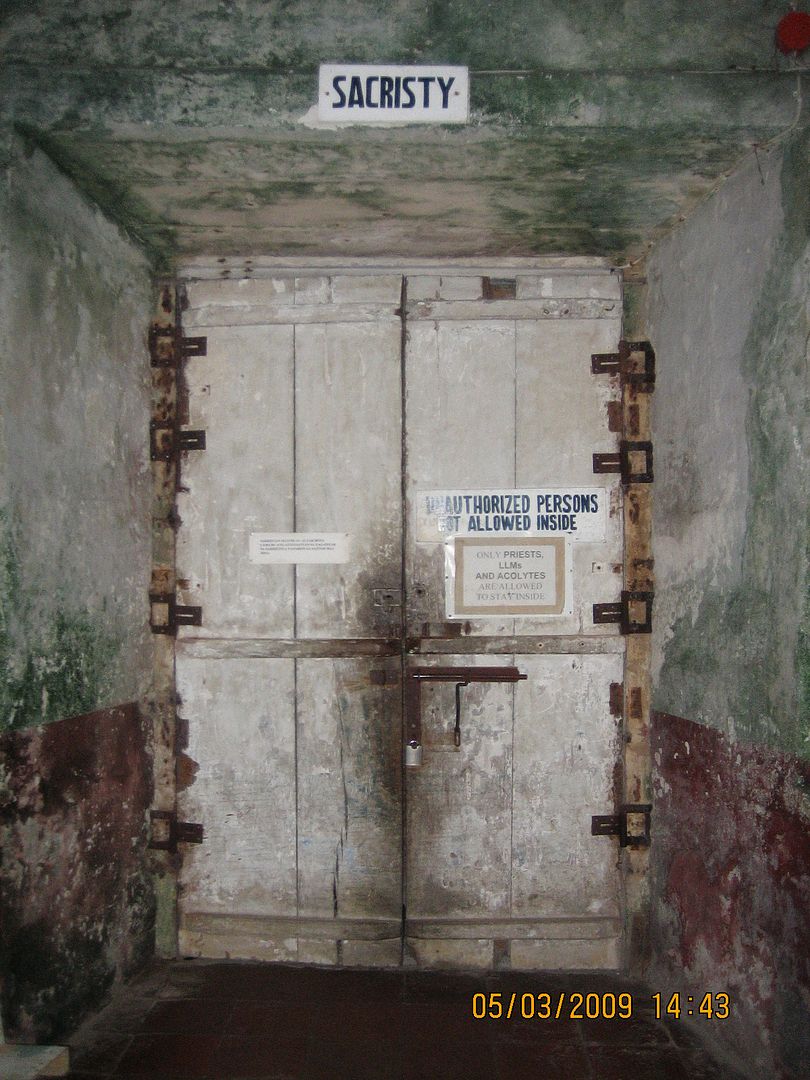
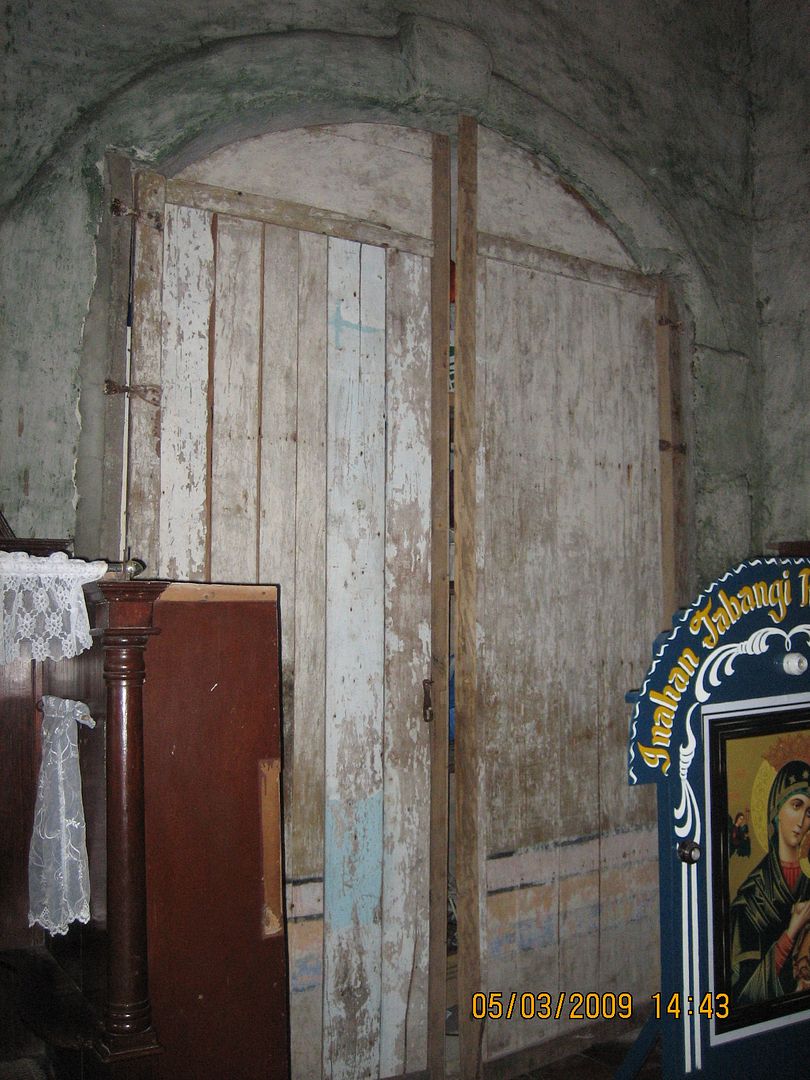
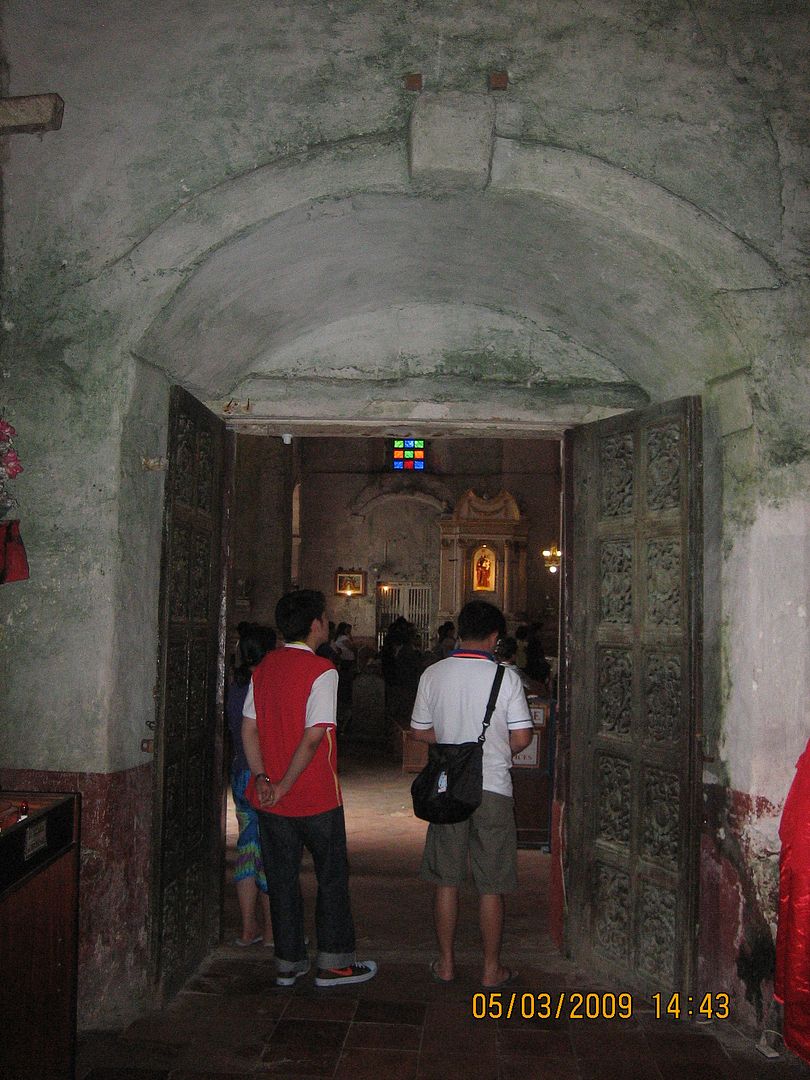
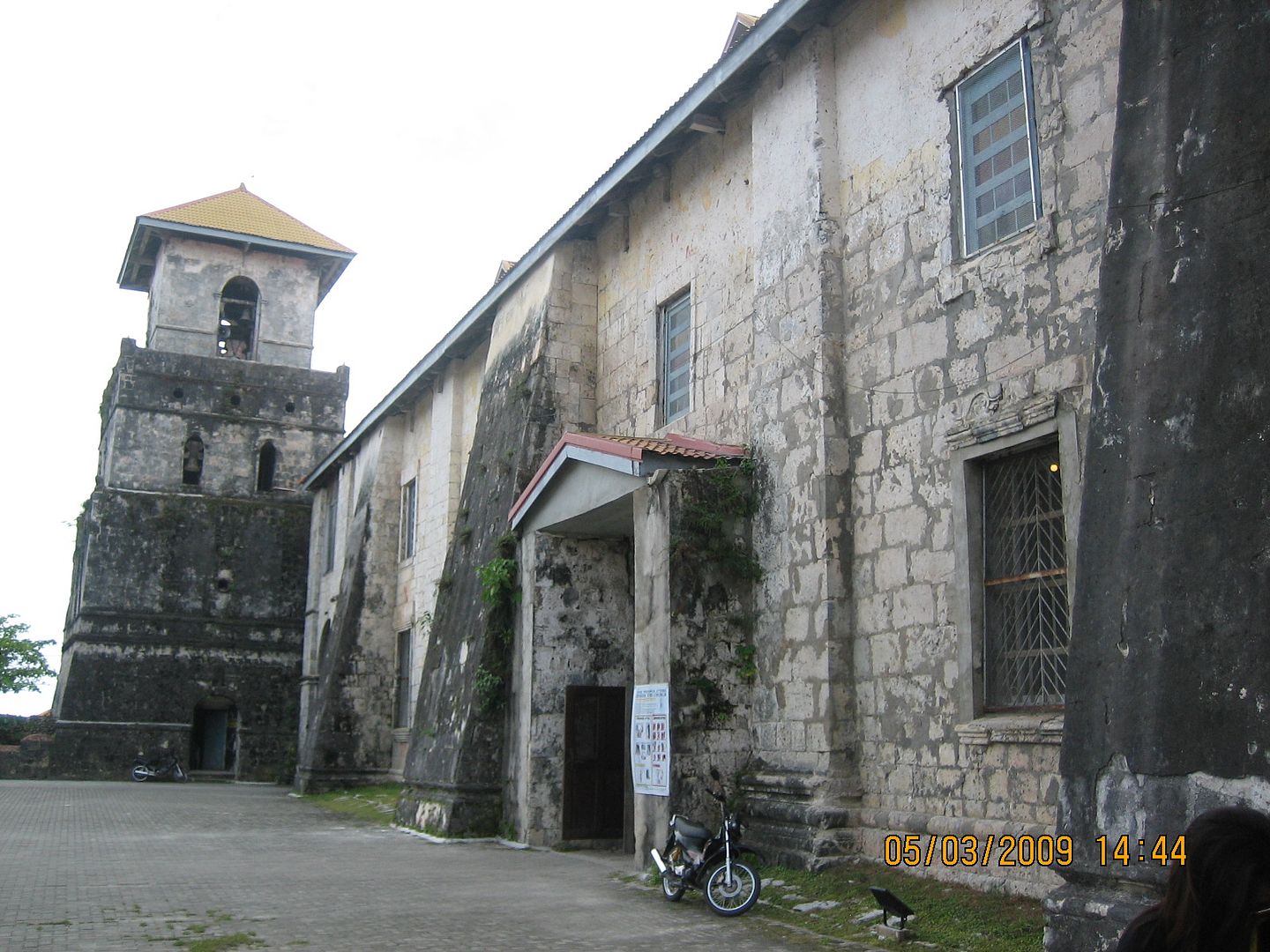
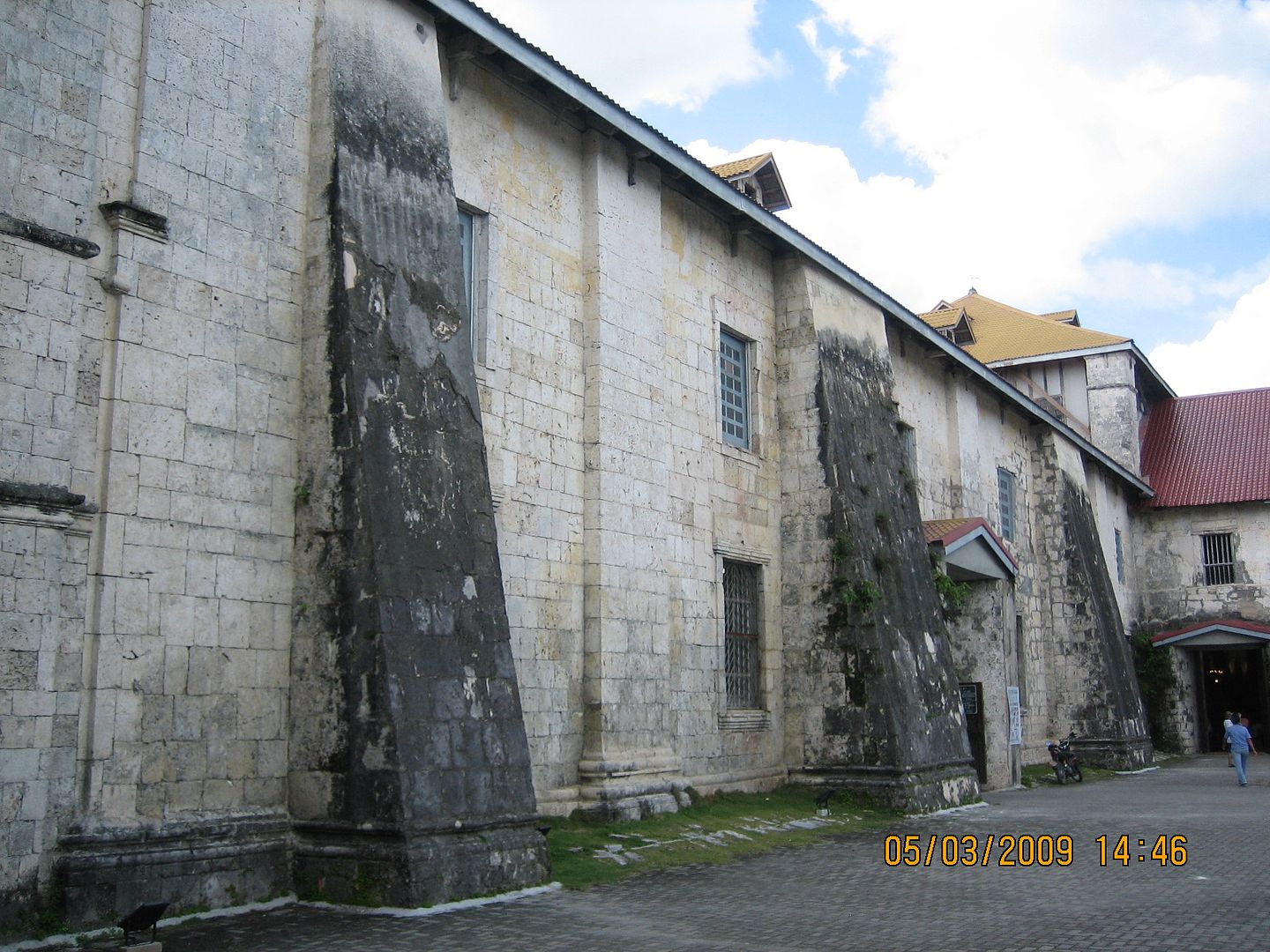
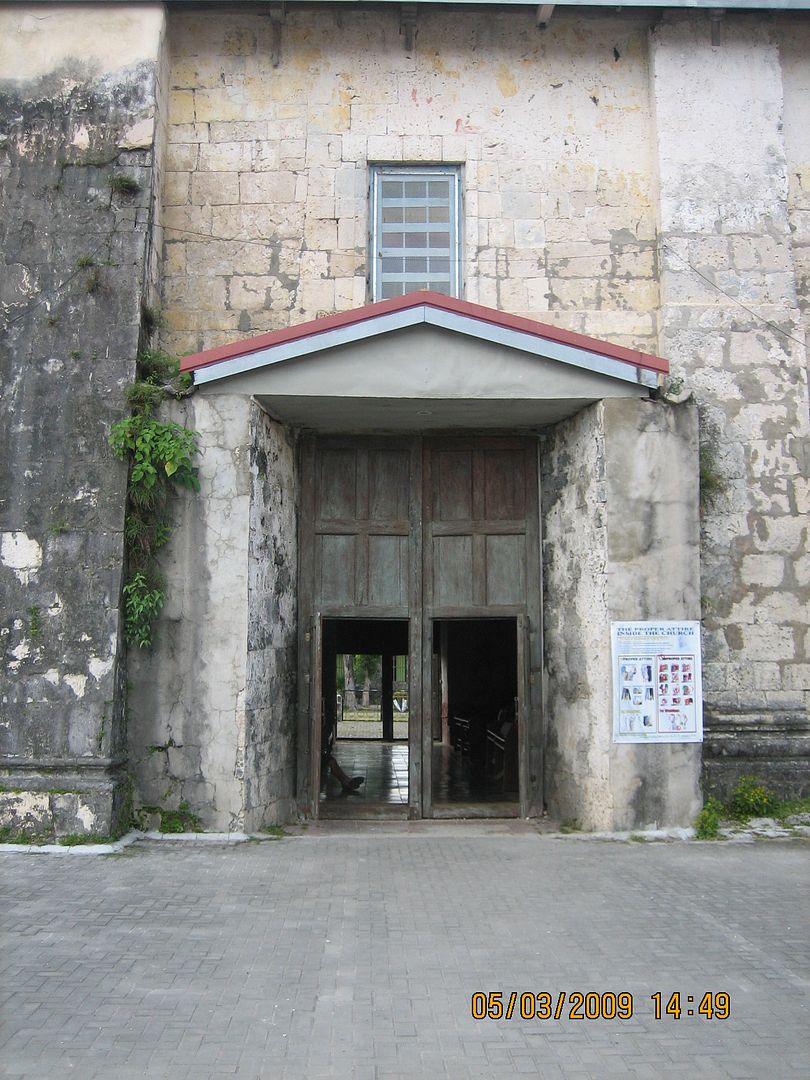
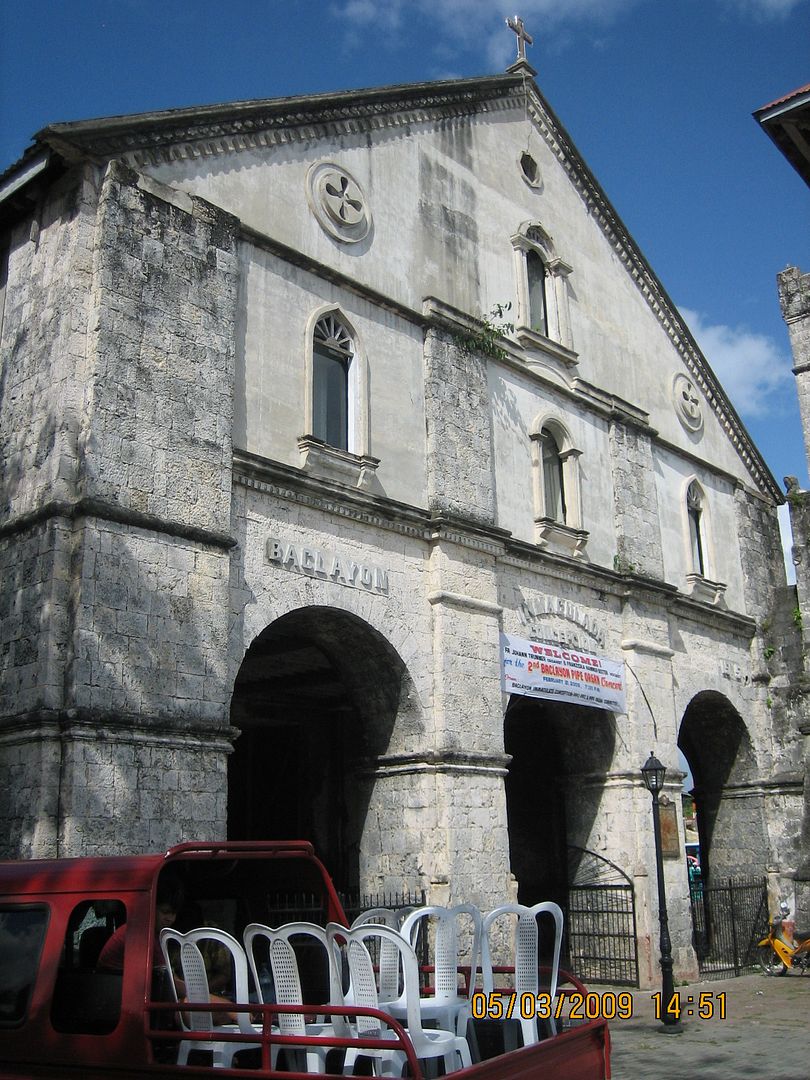
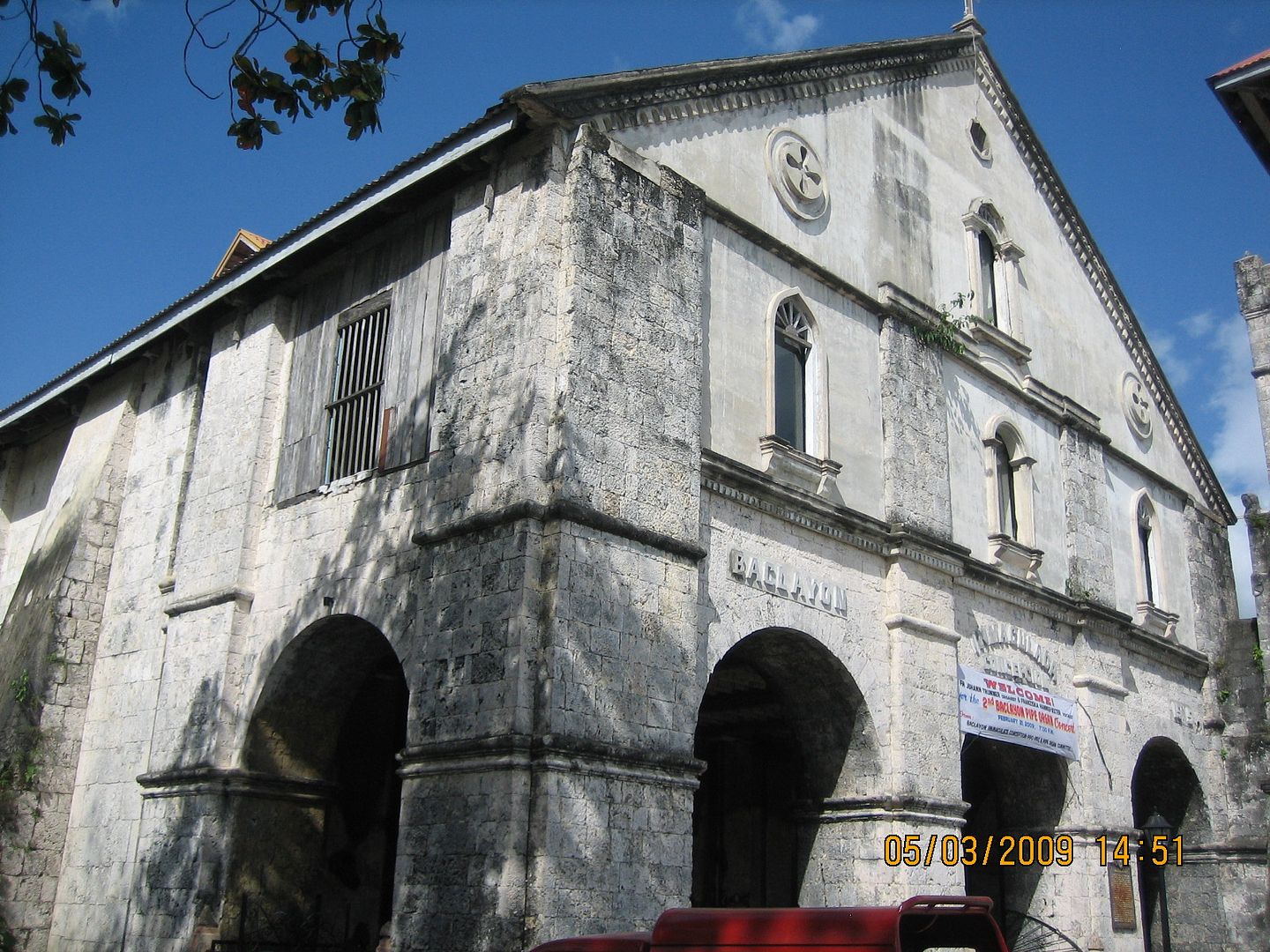

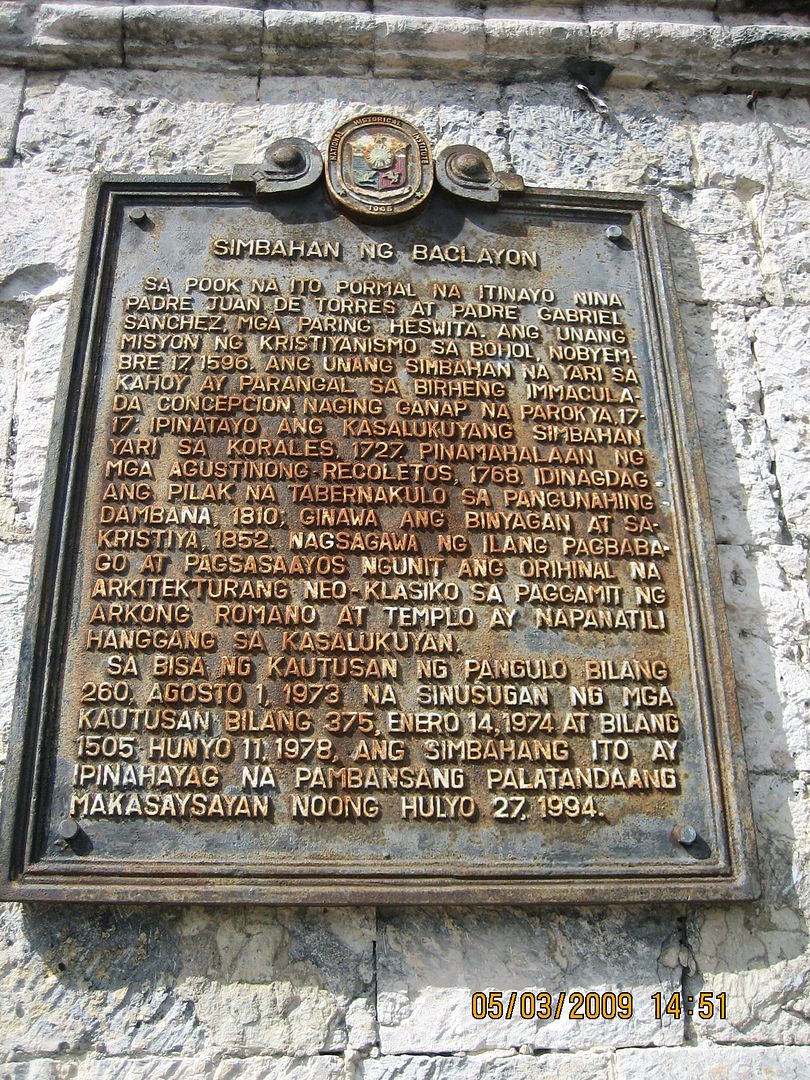
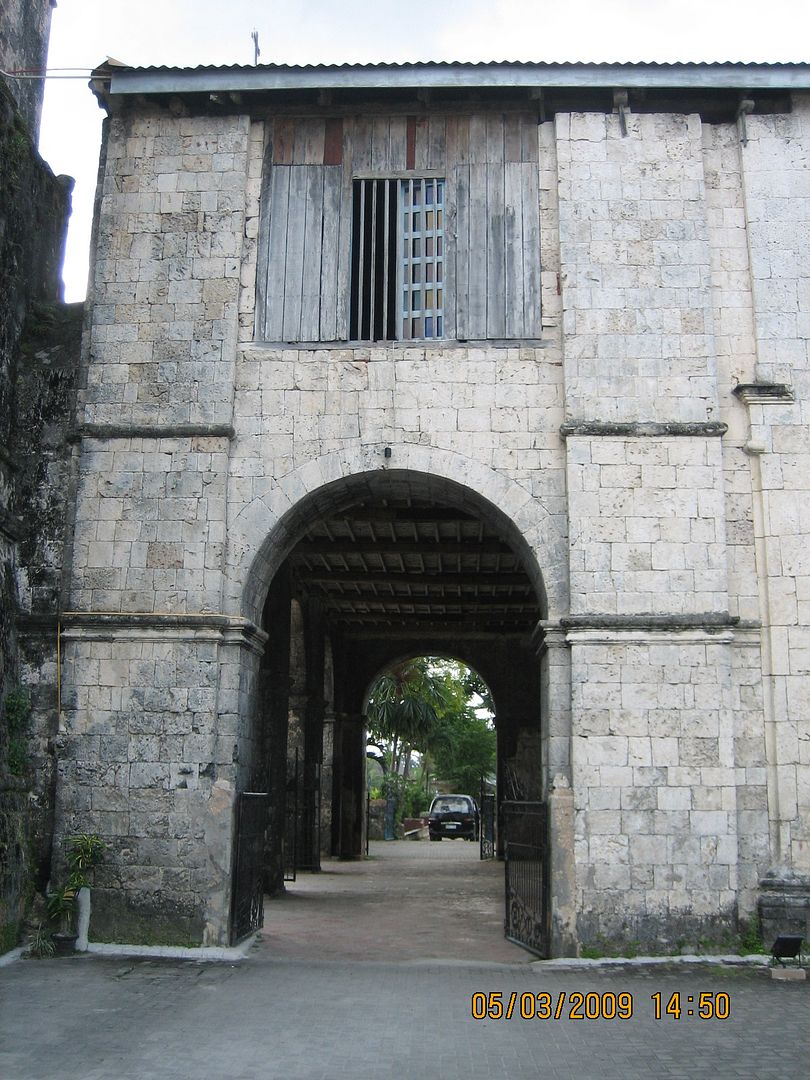
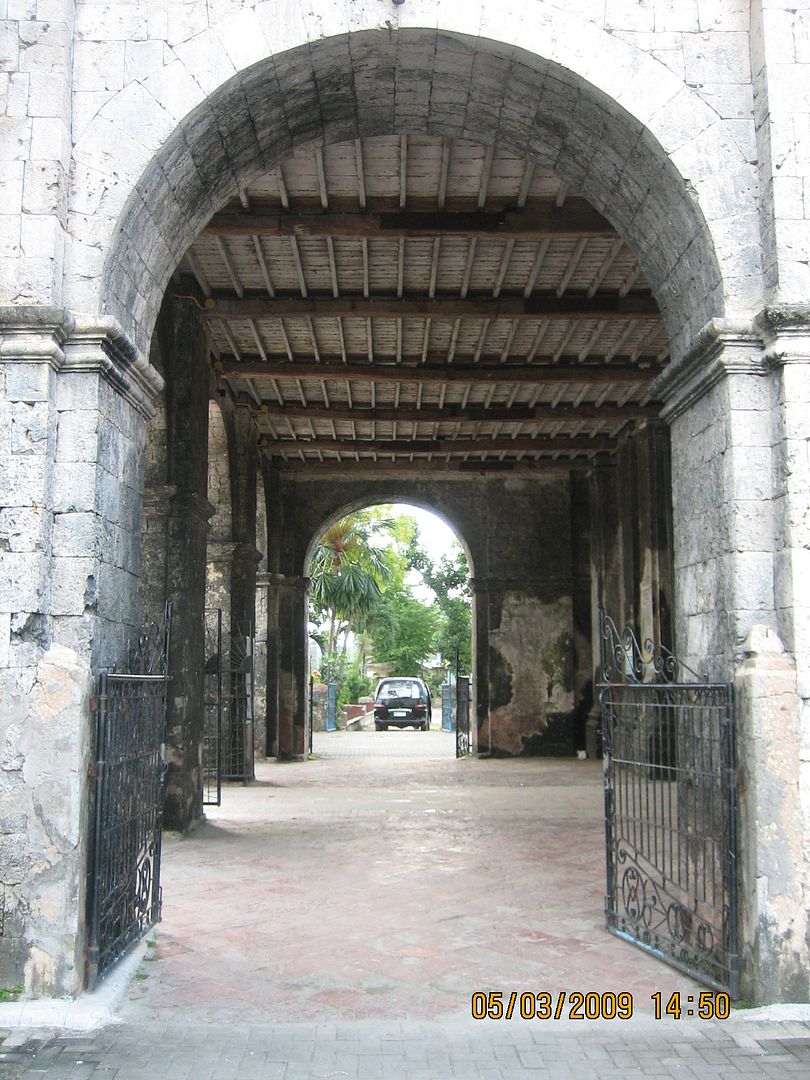

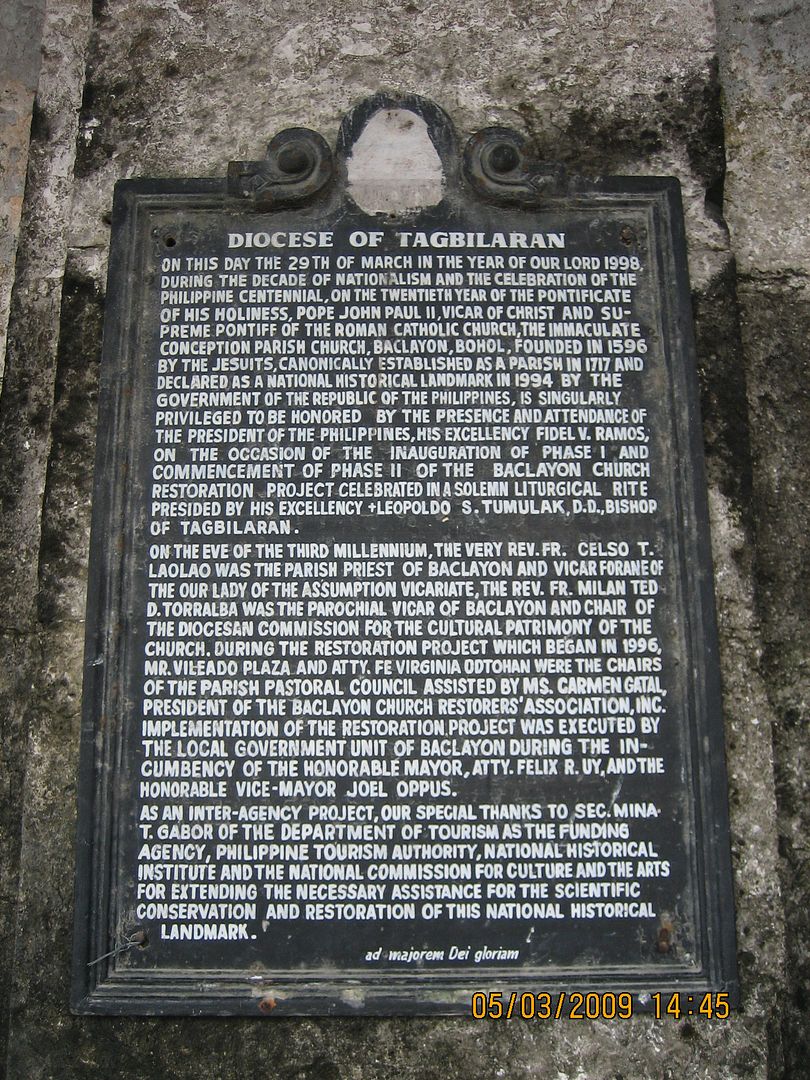
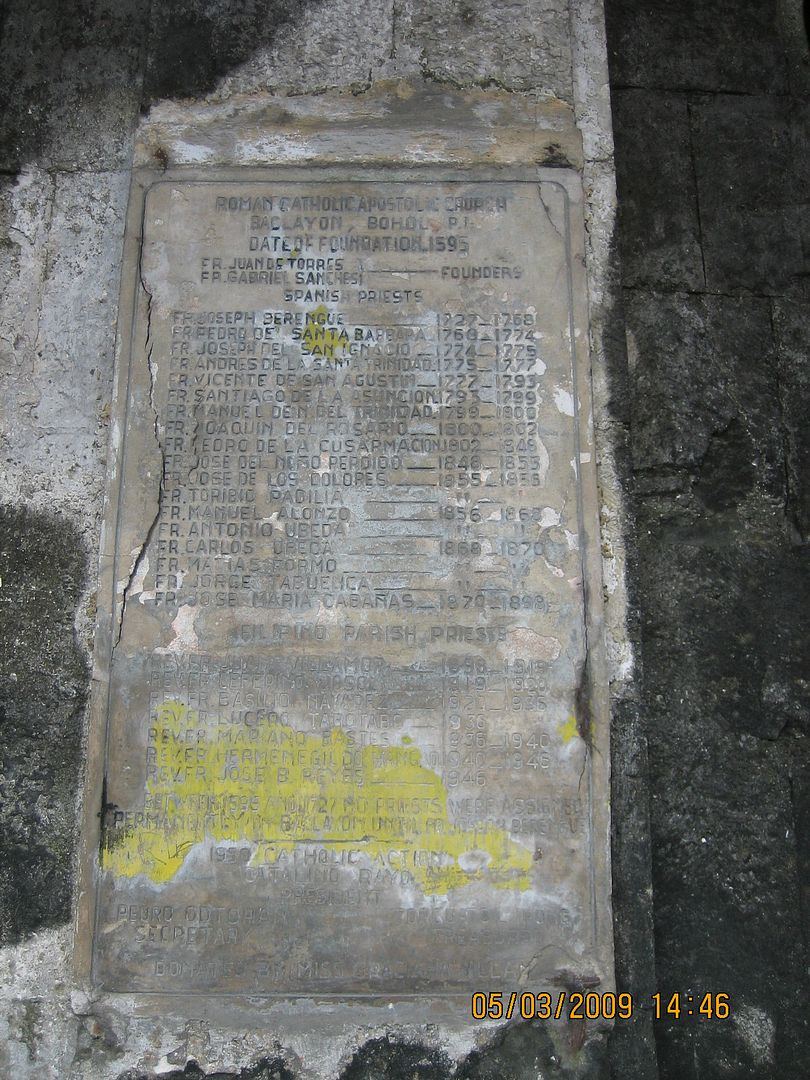
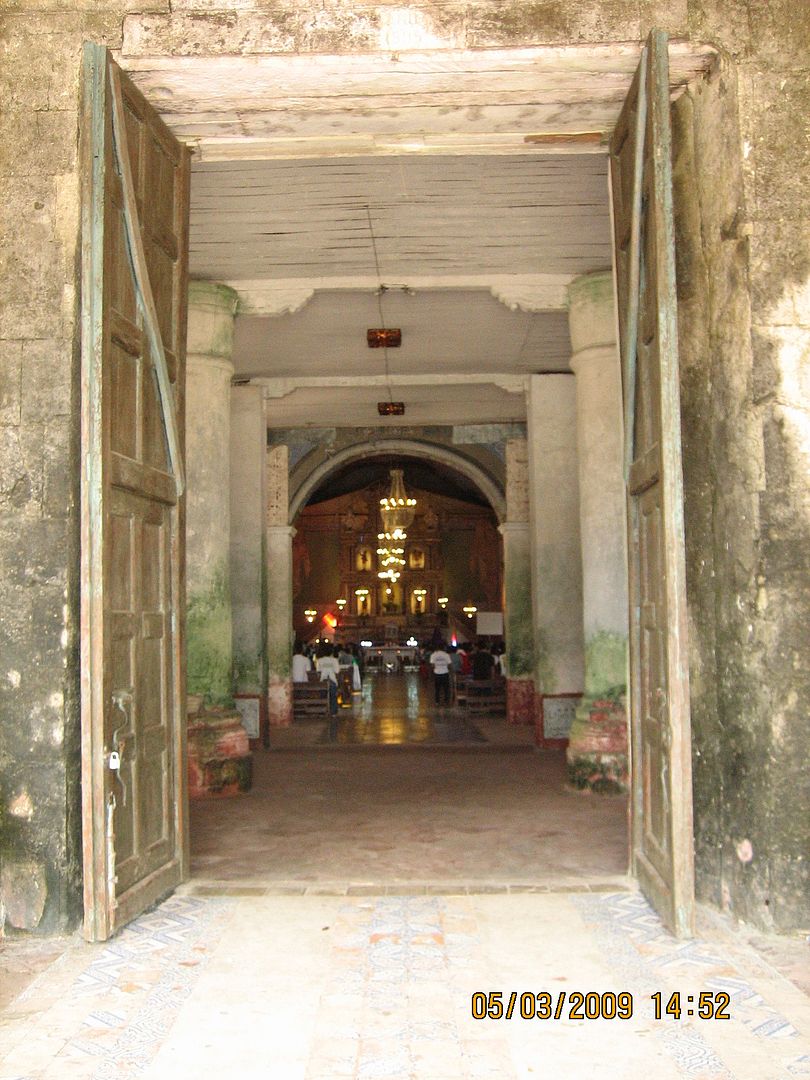
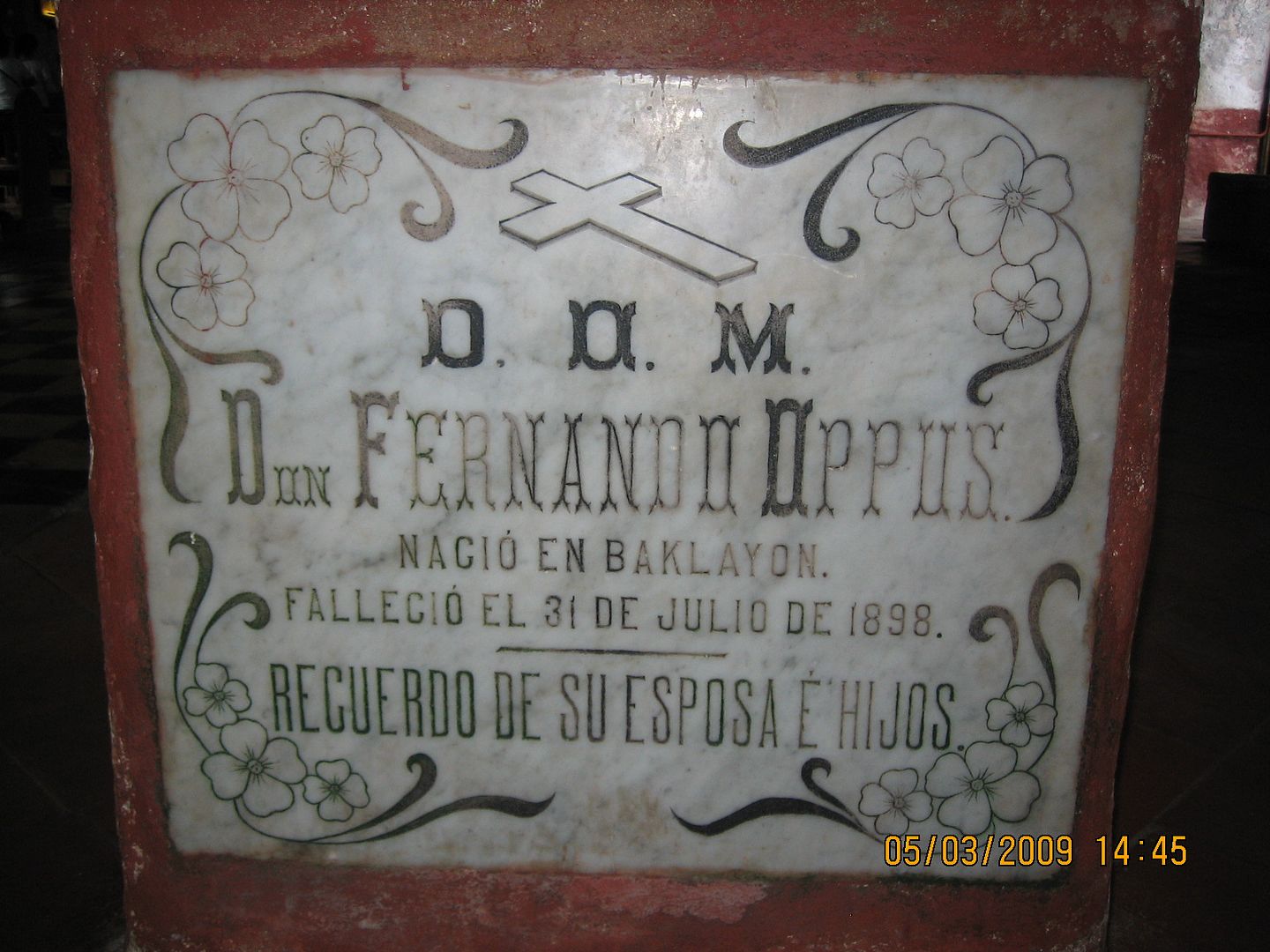
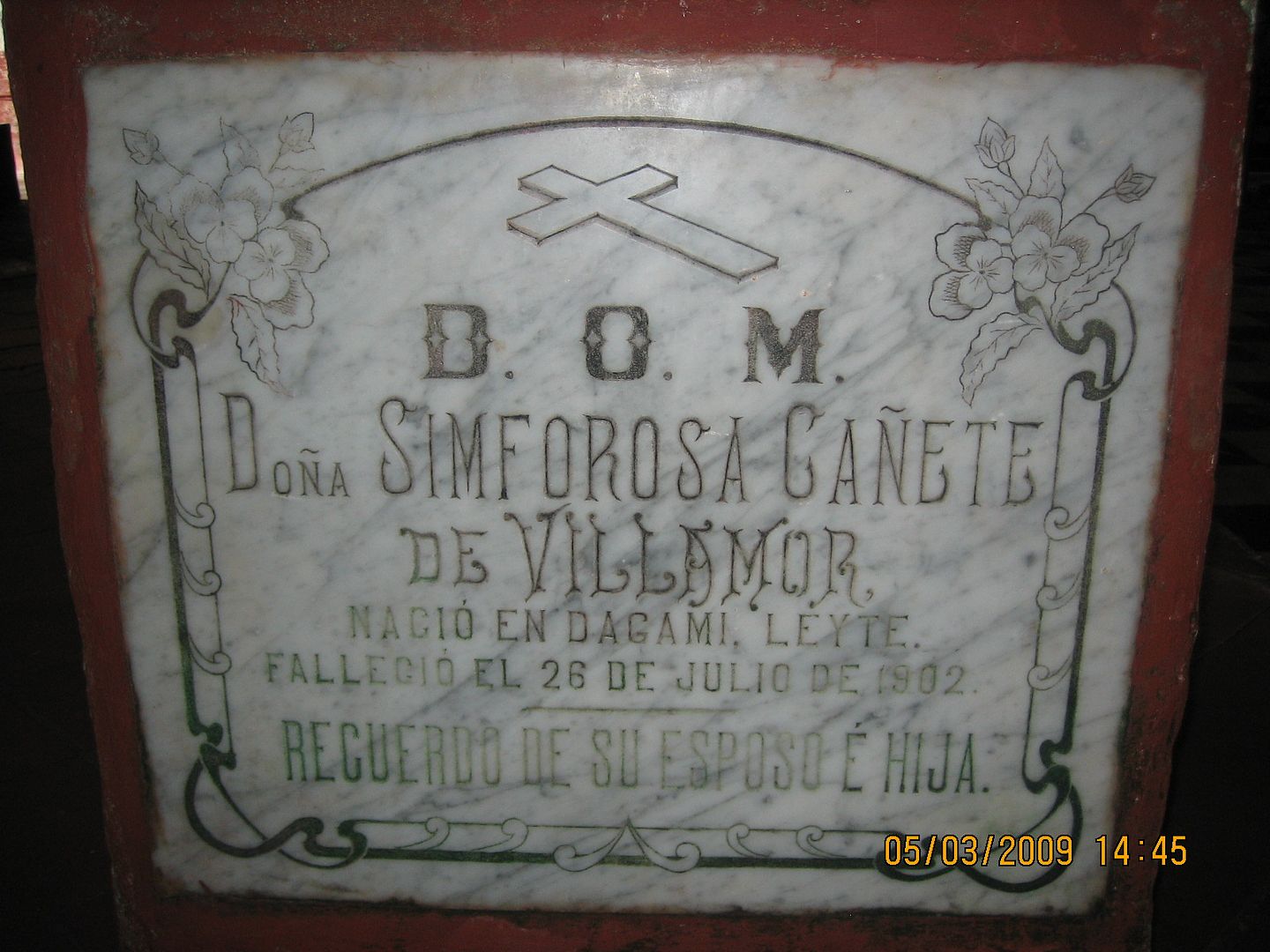
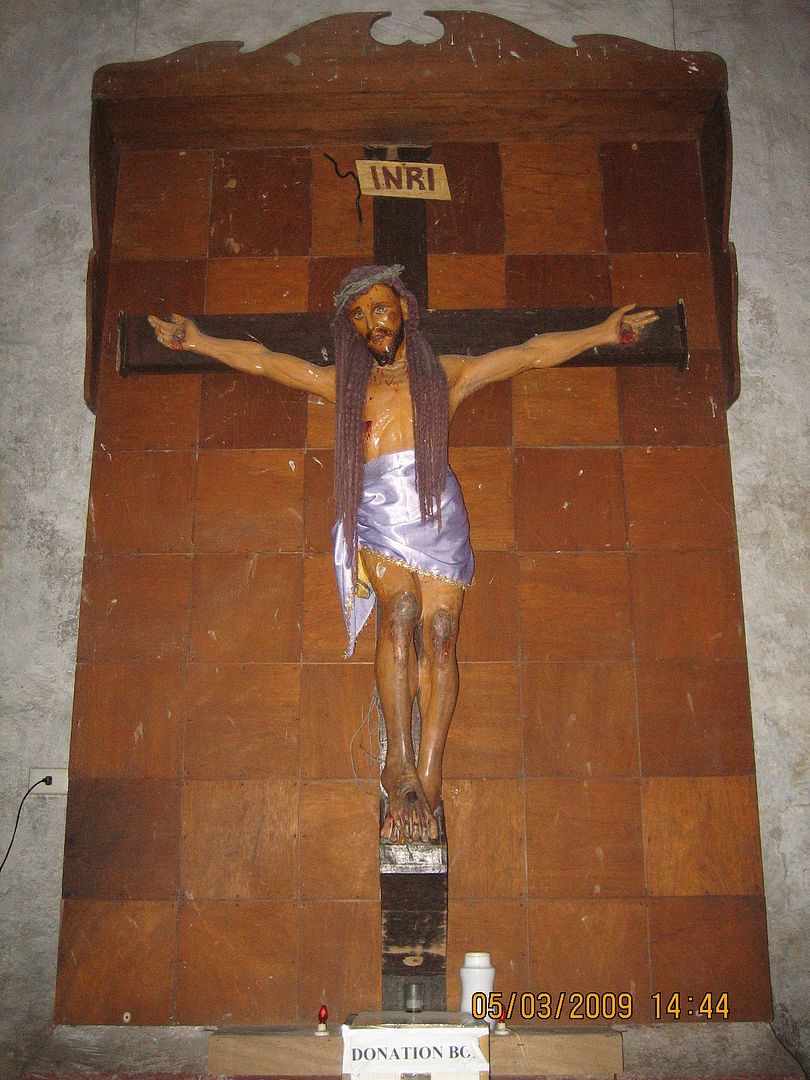
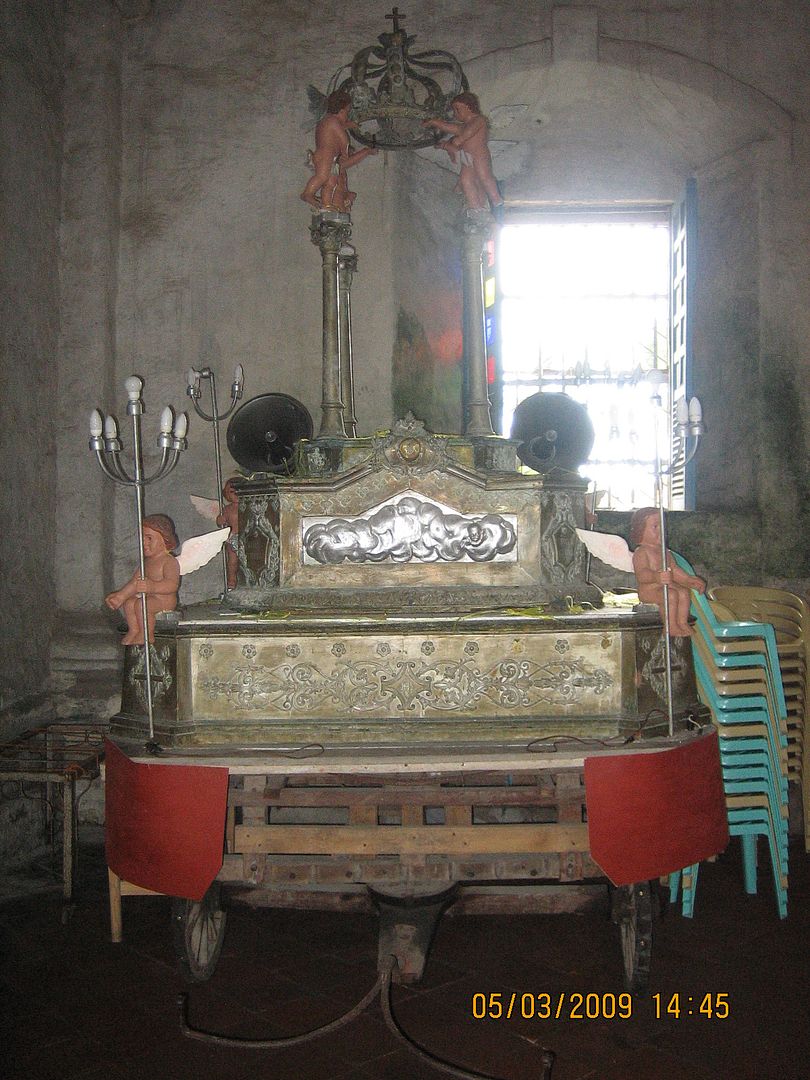

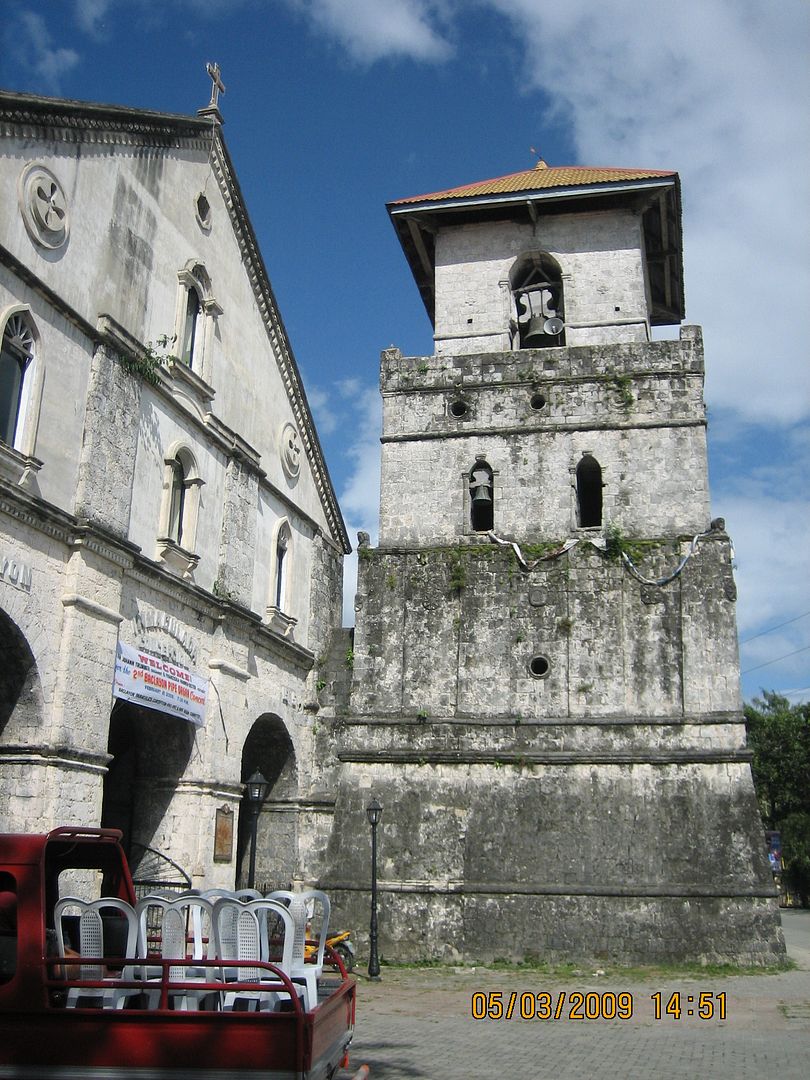


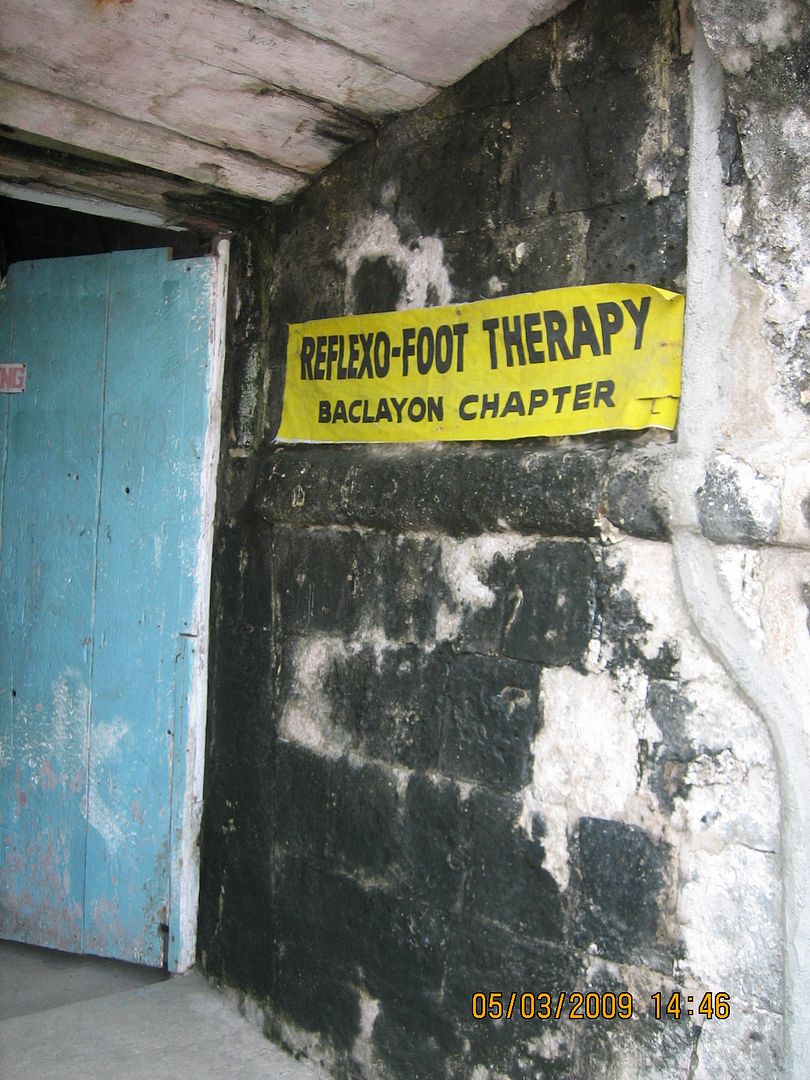
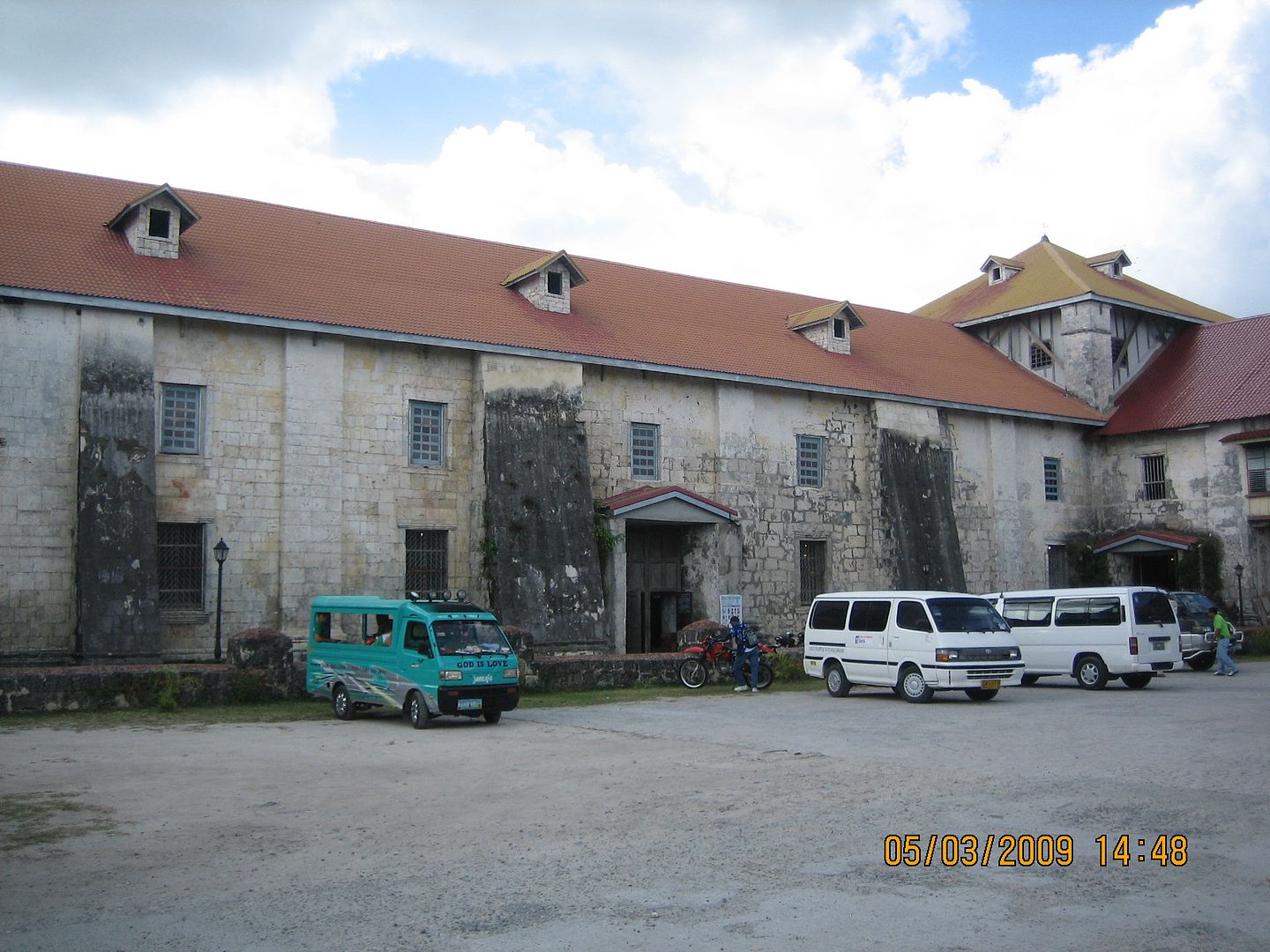

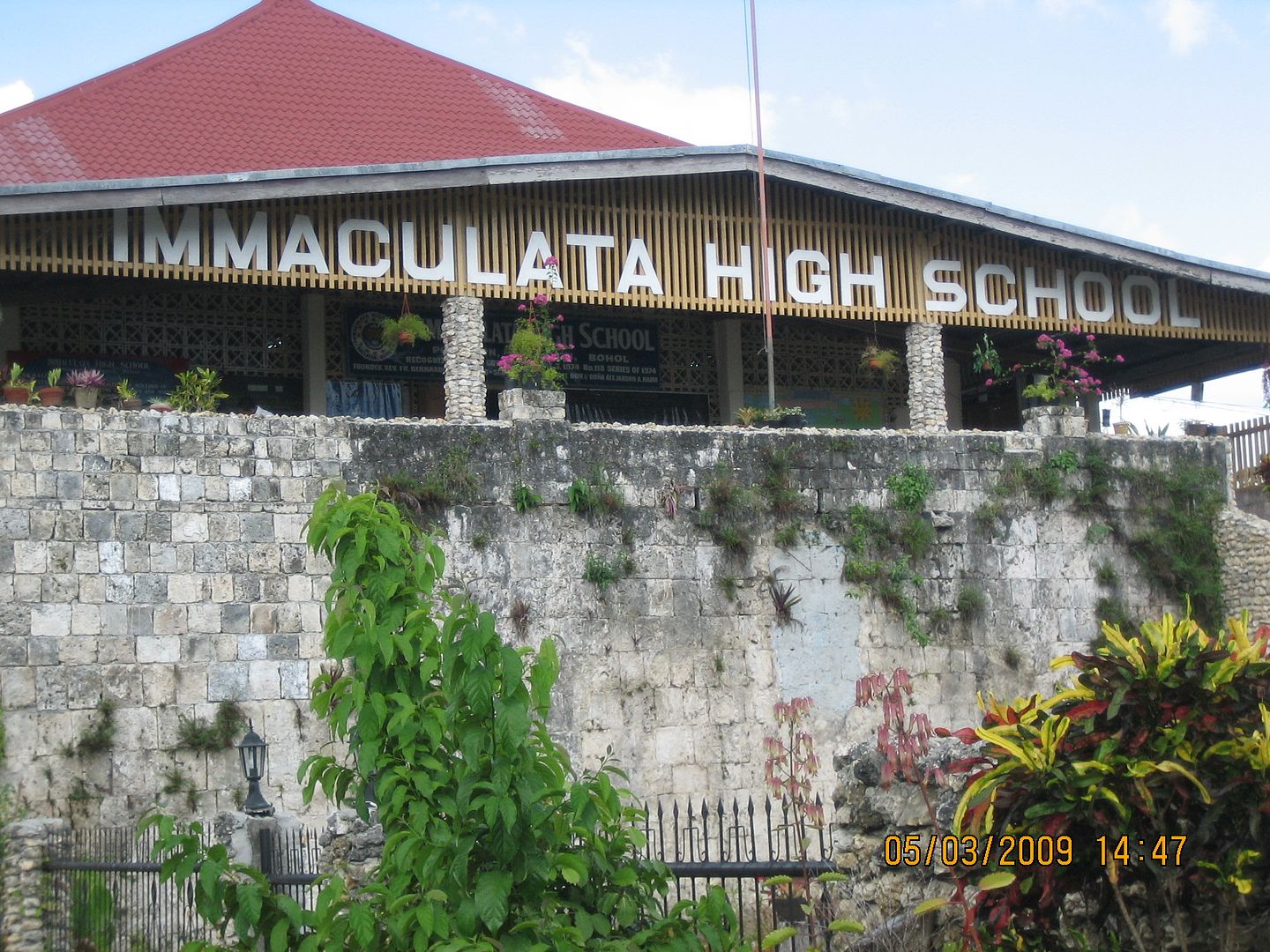
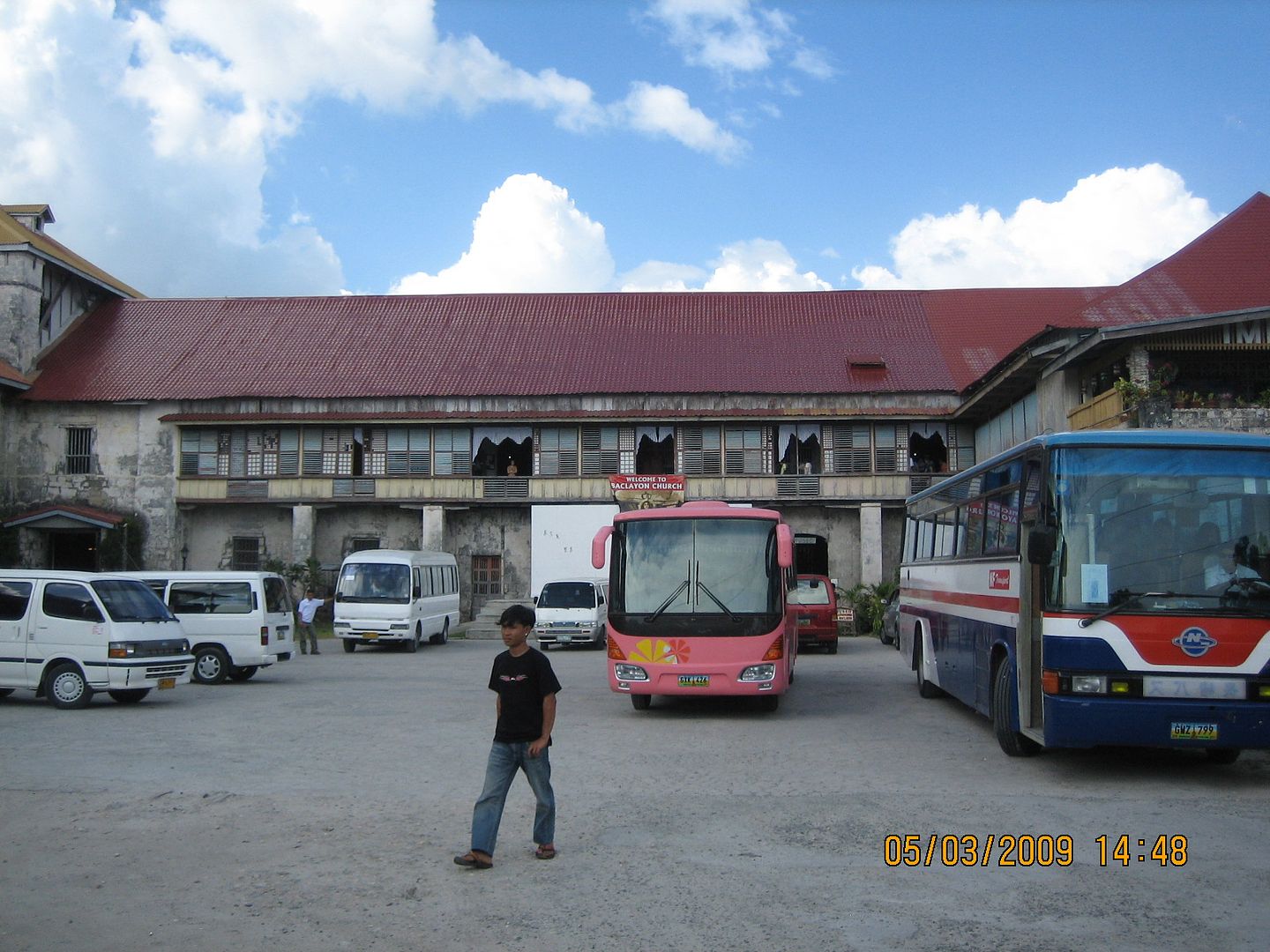
No comments:
Post a Comment